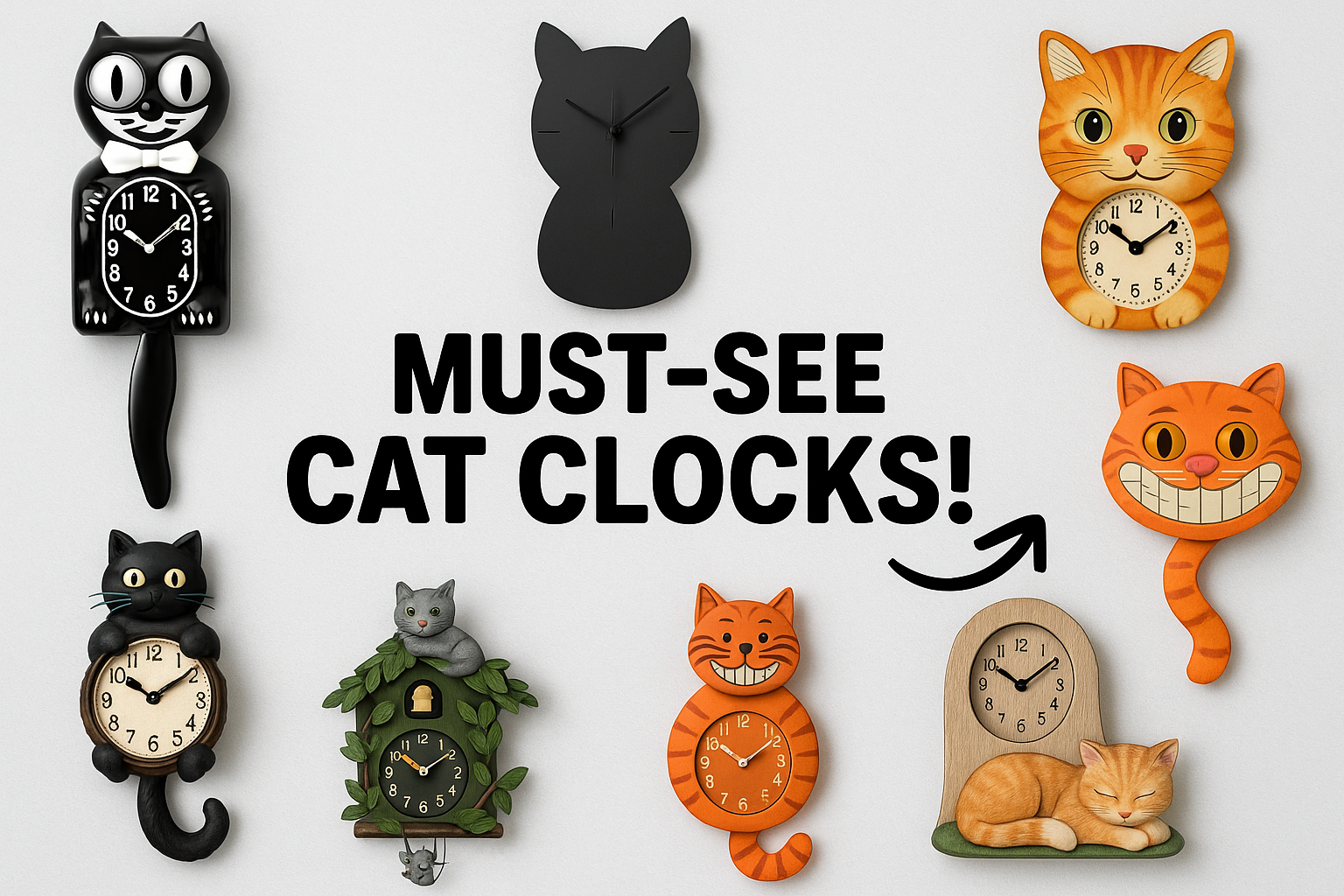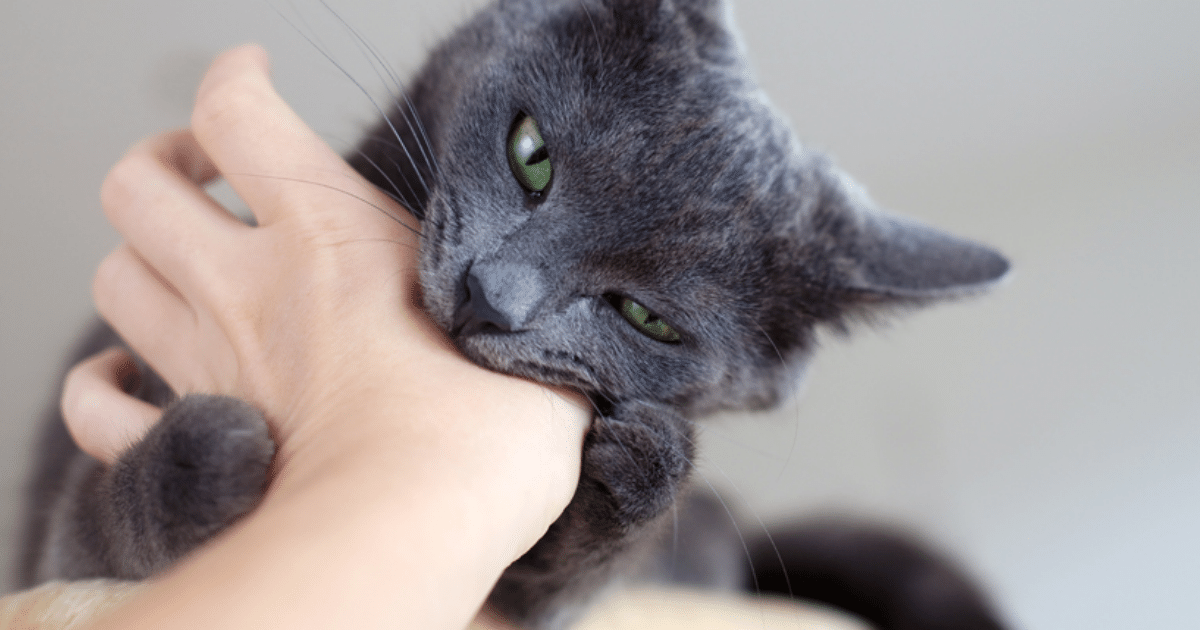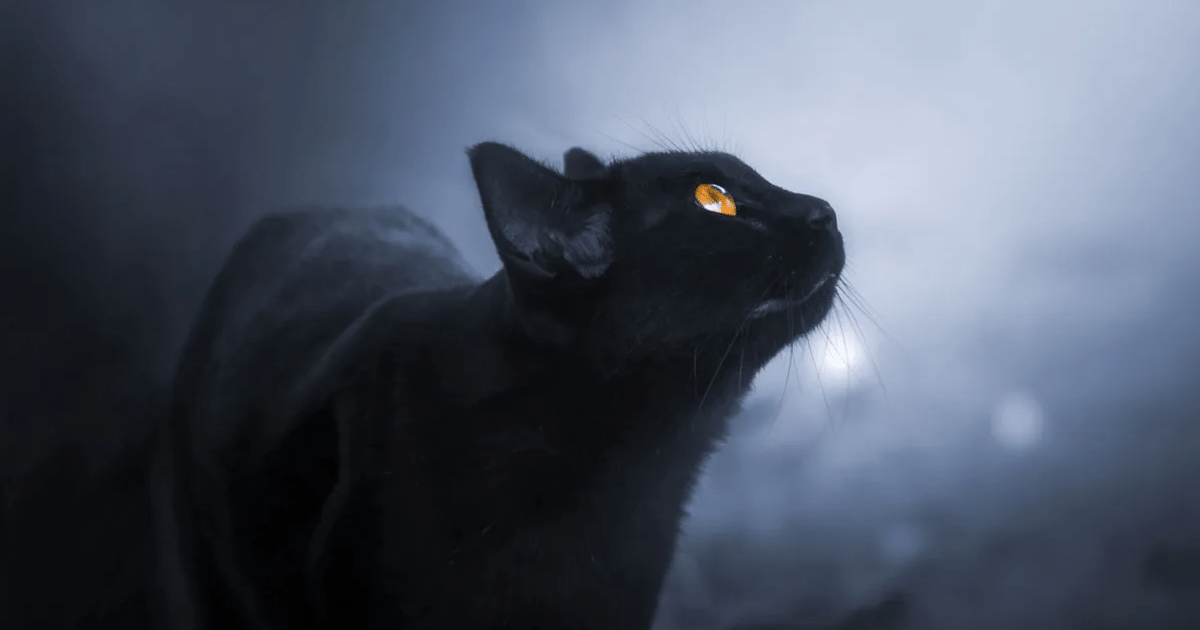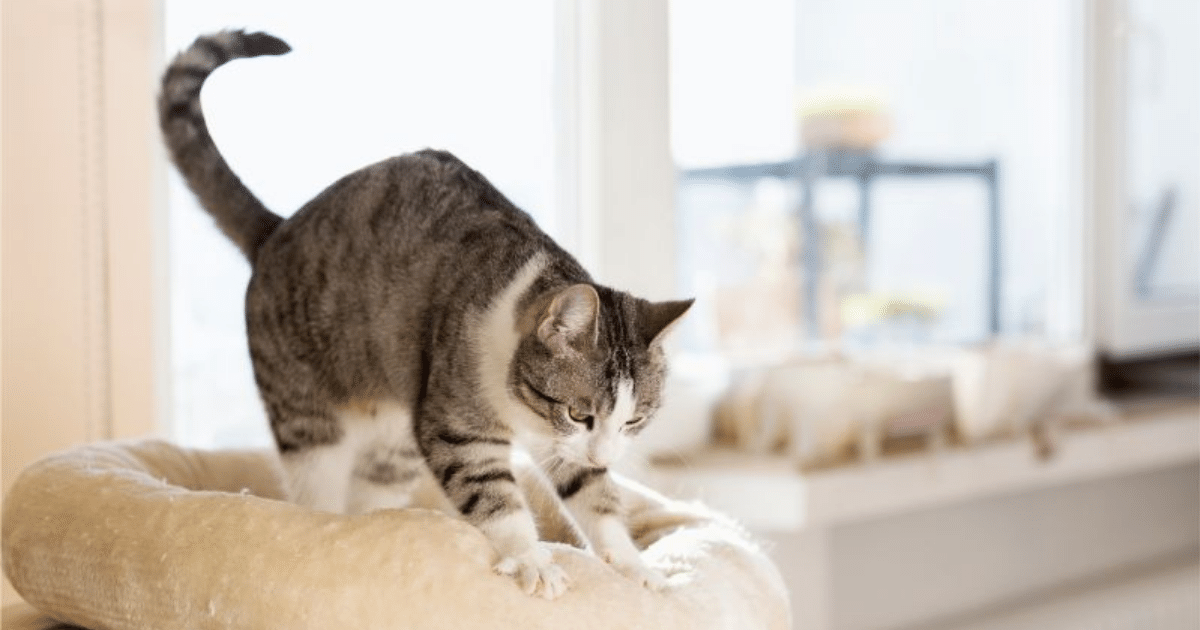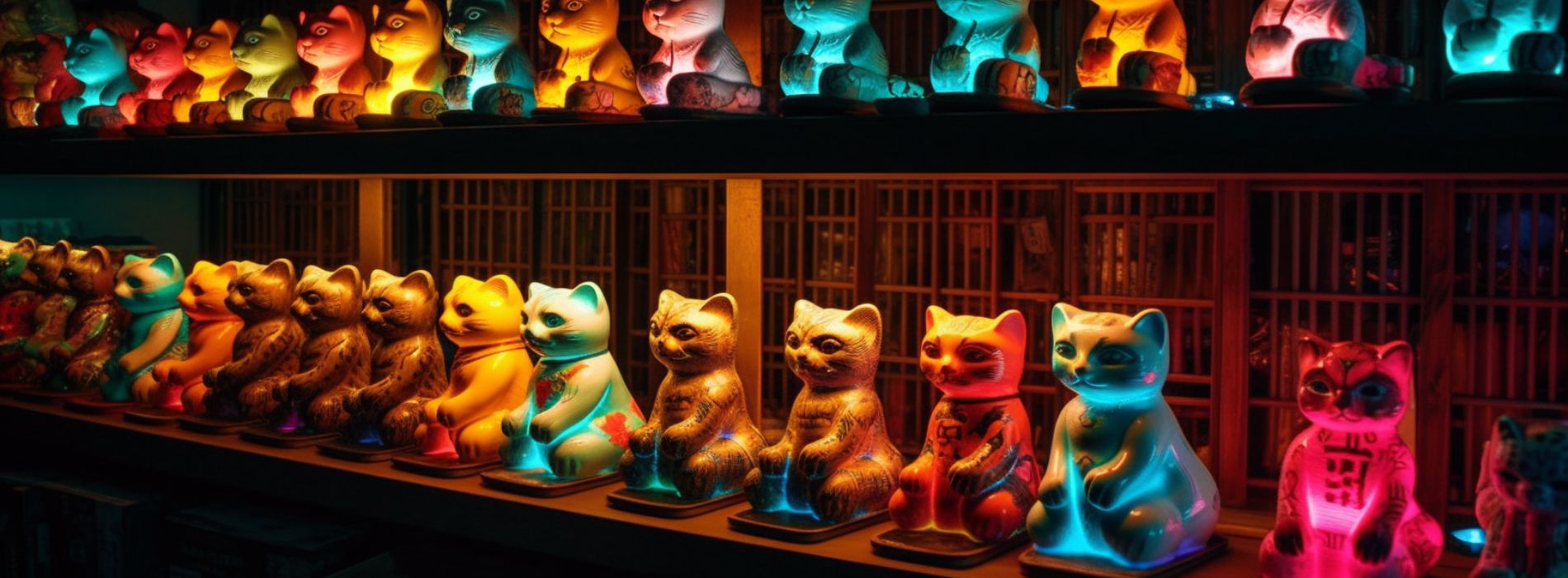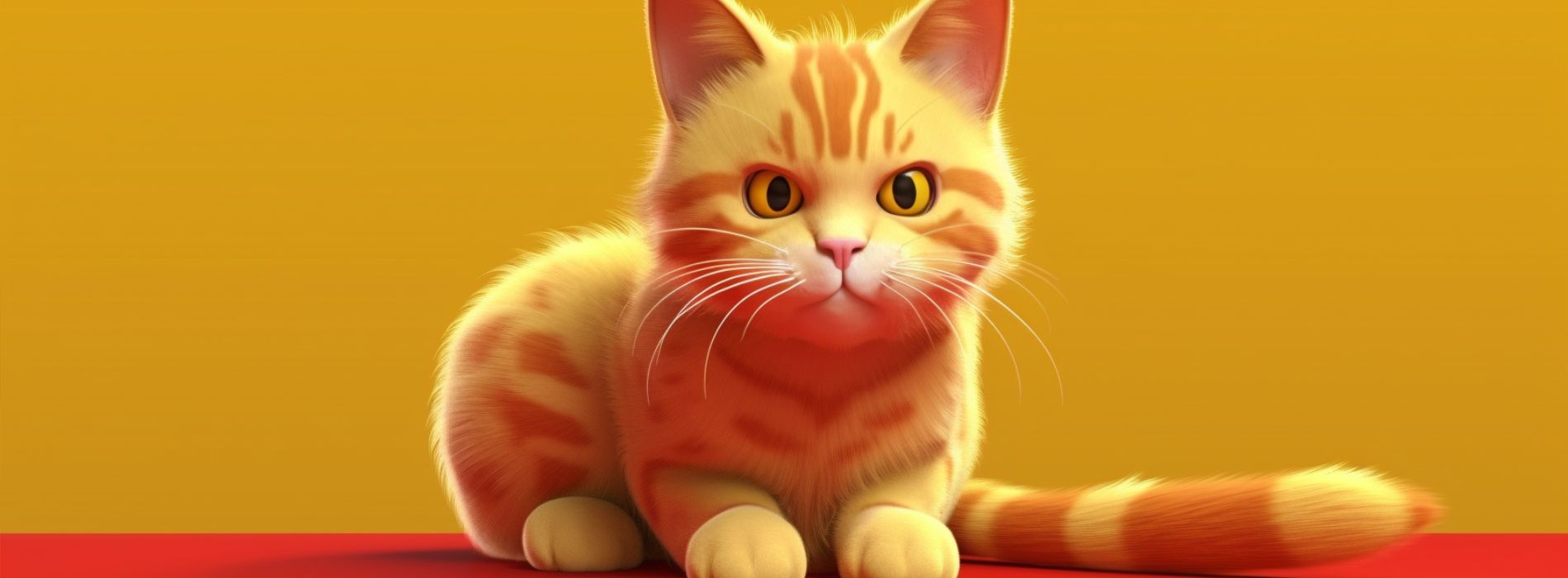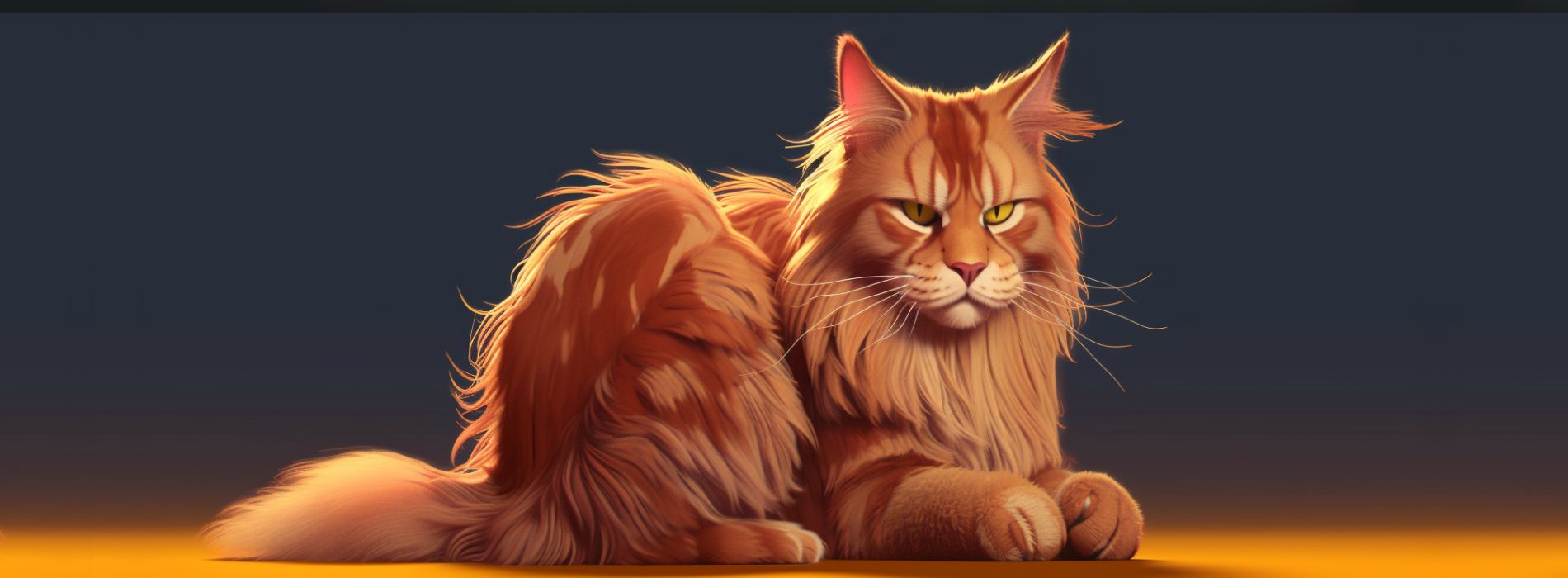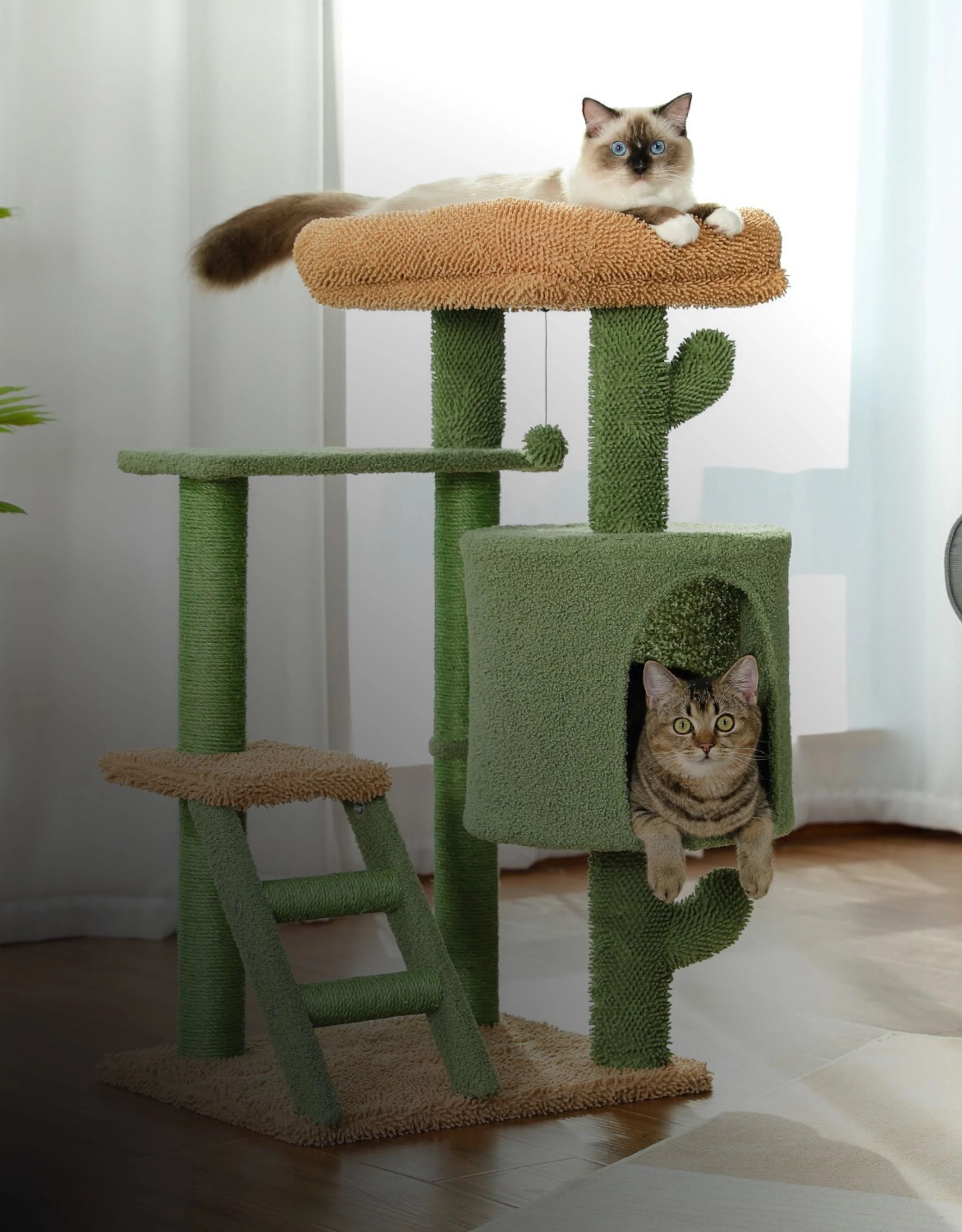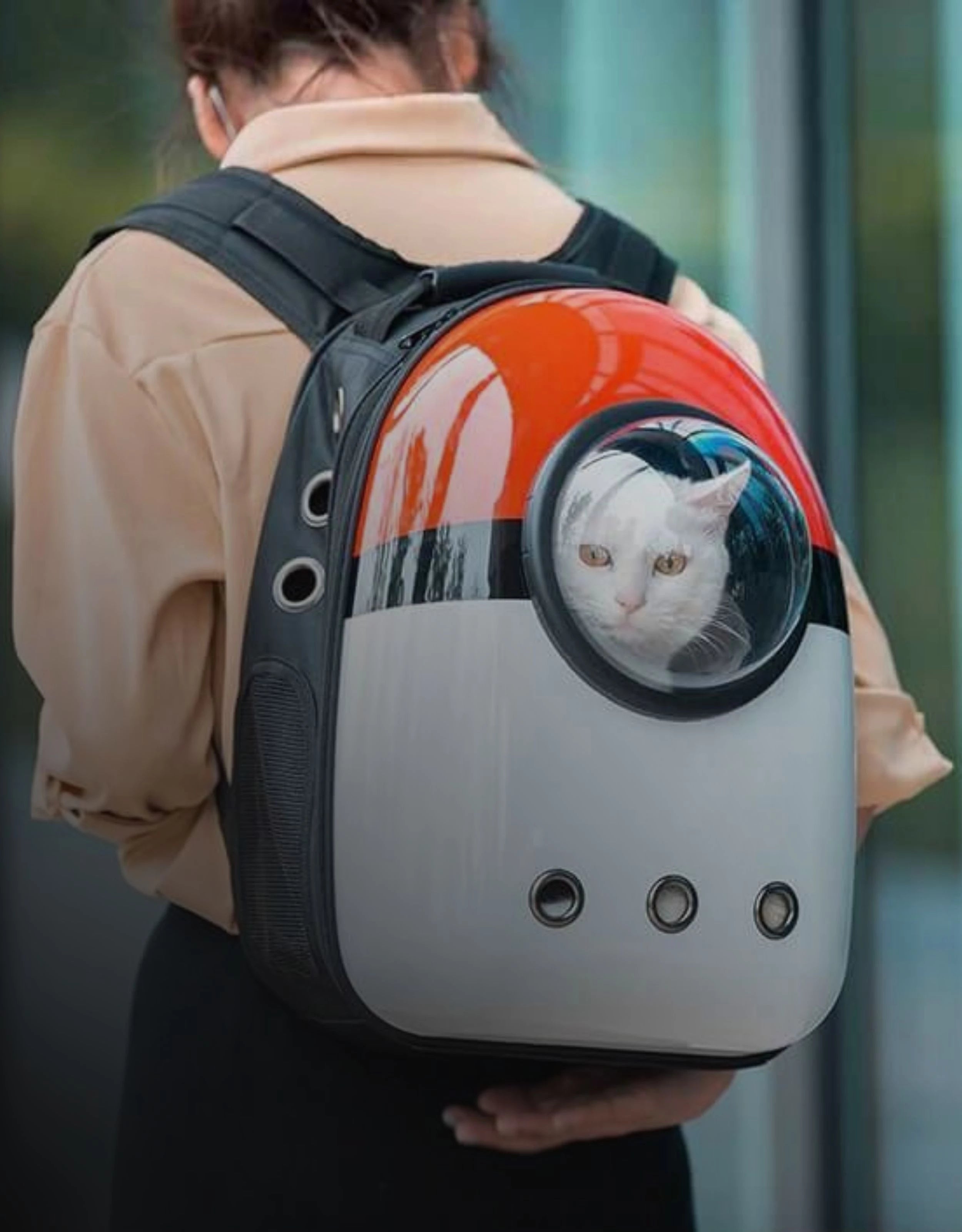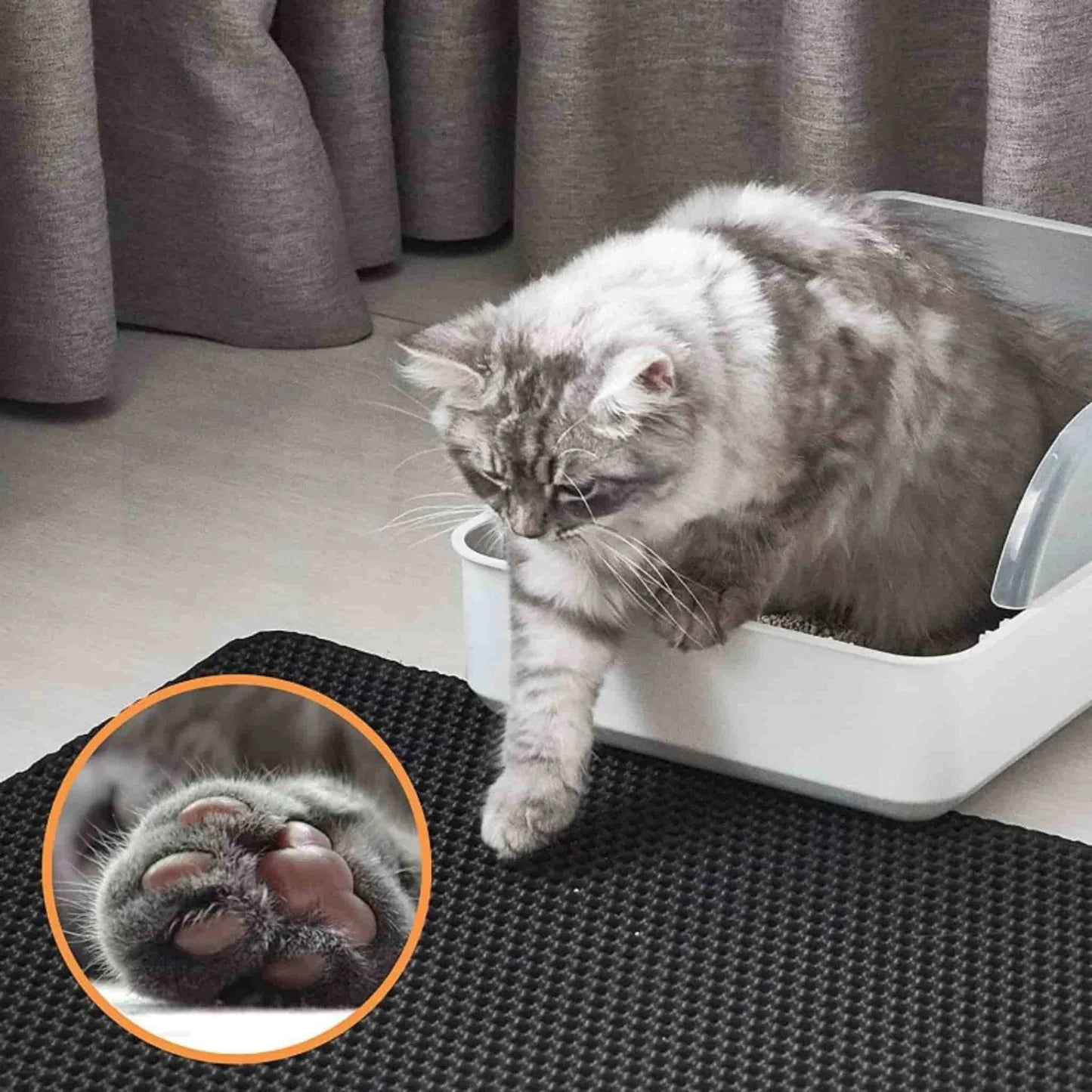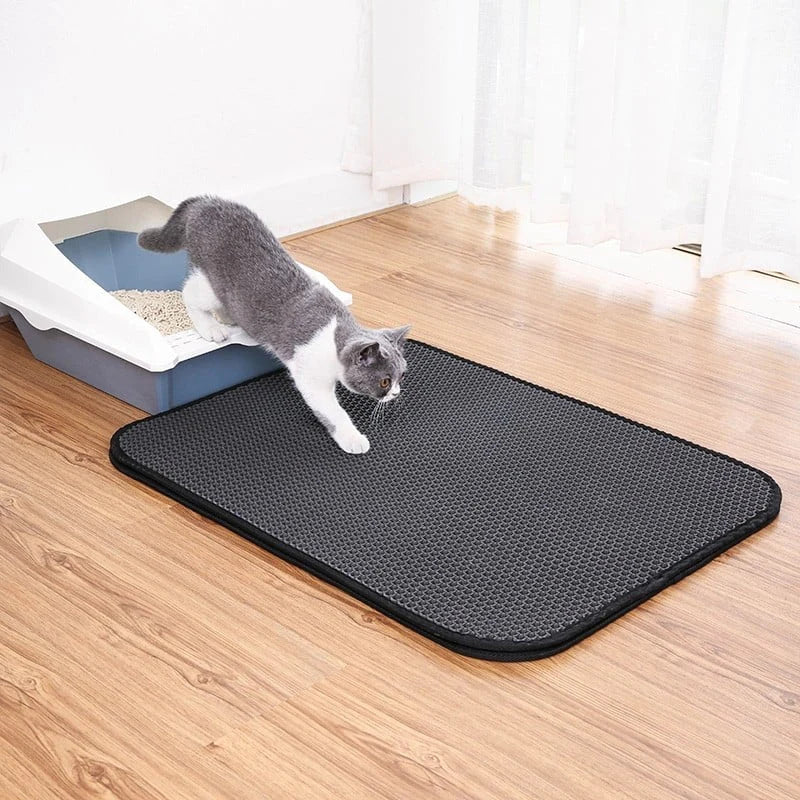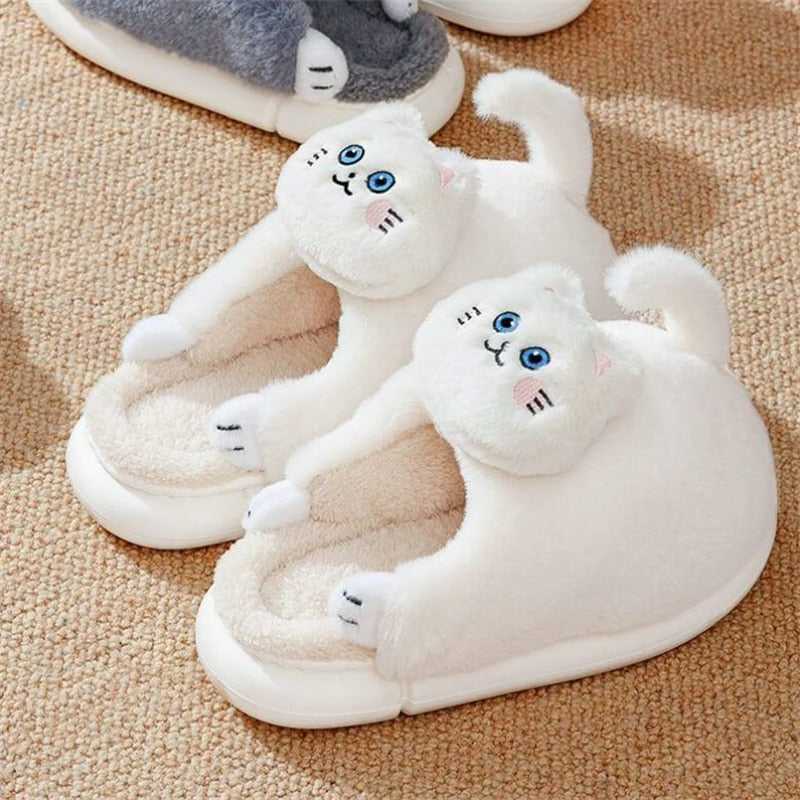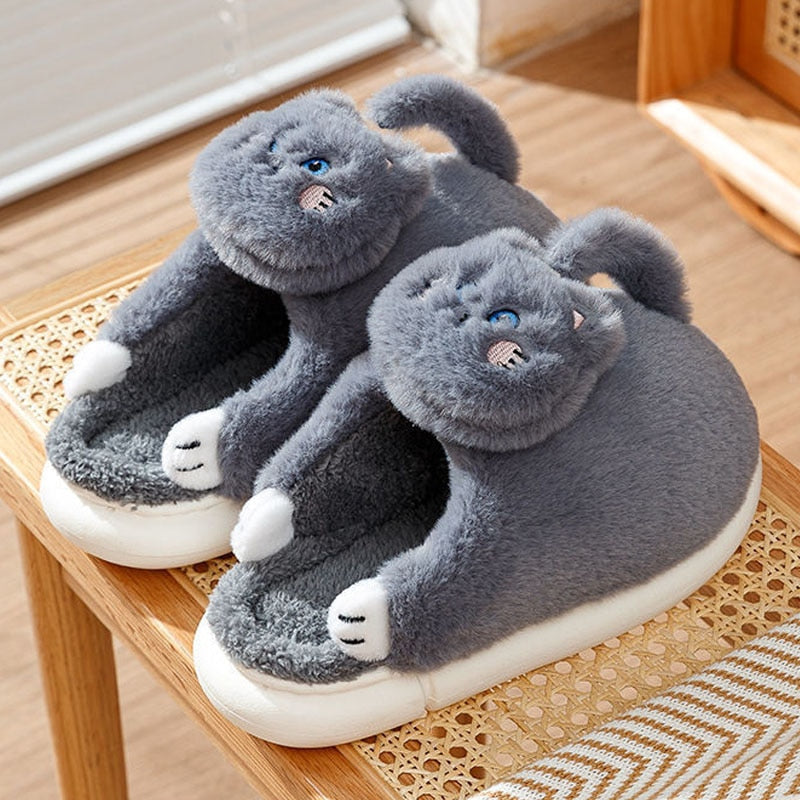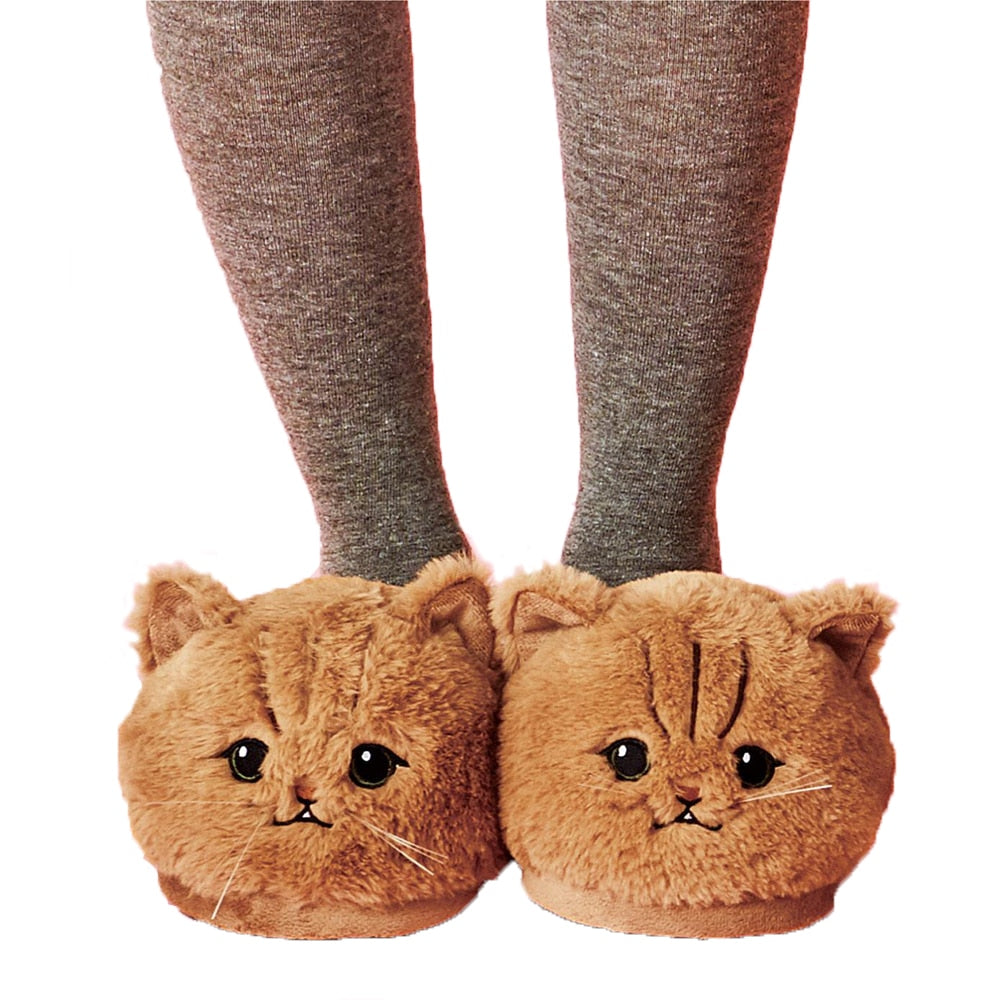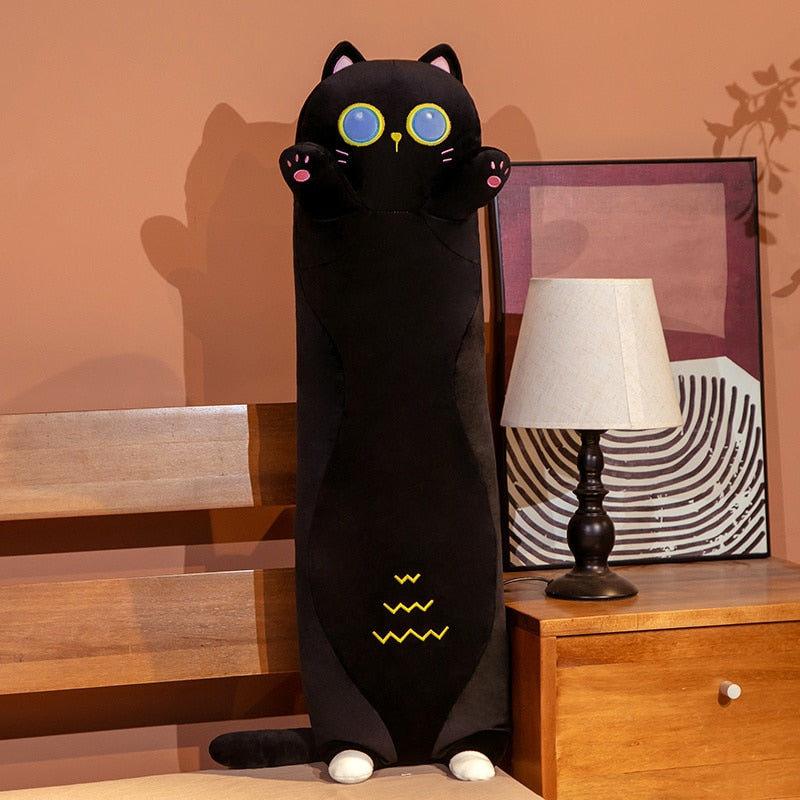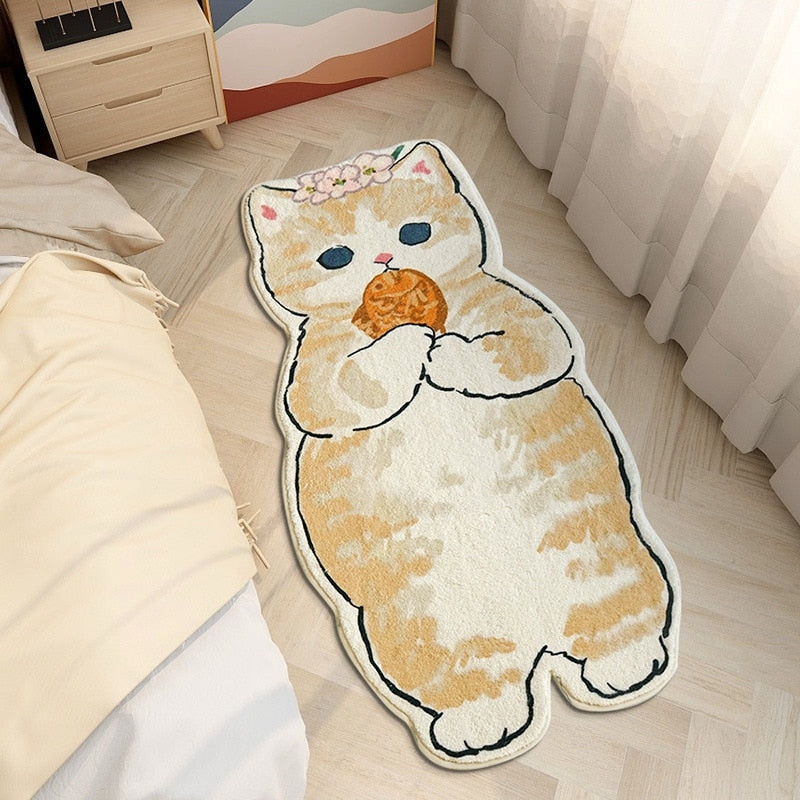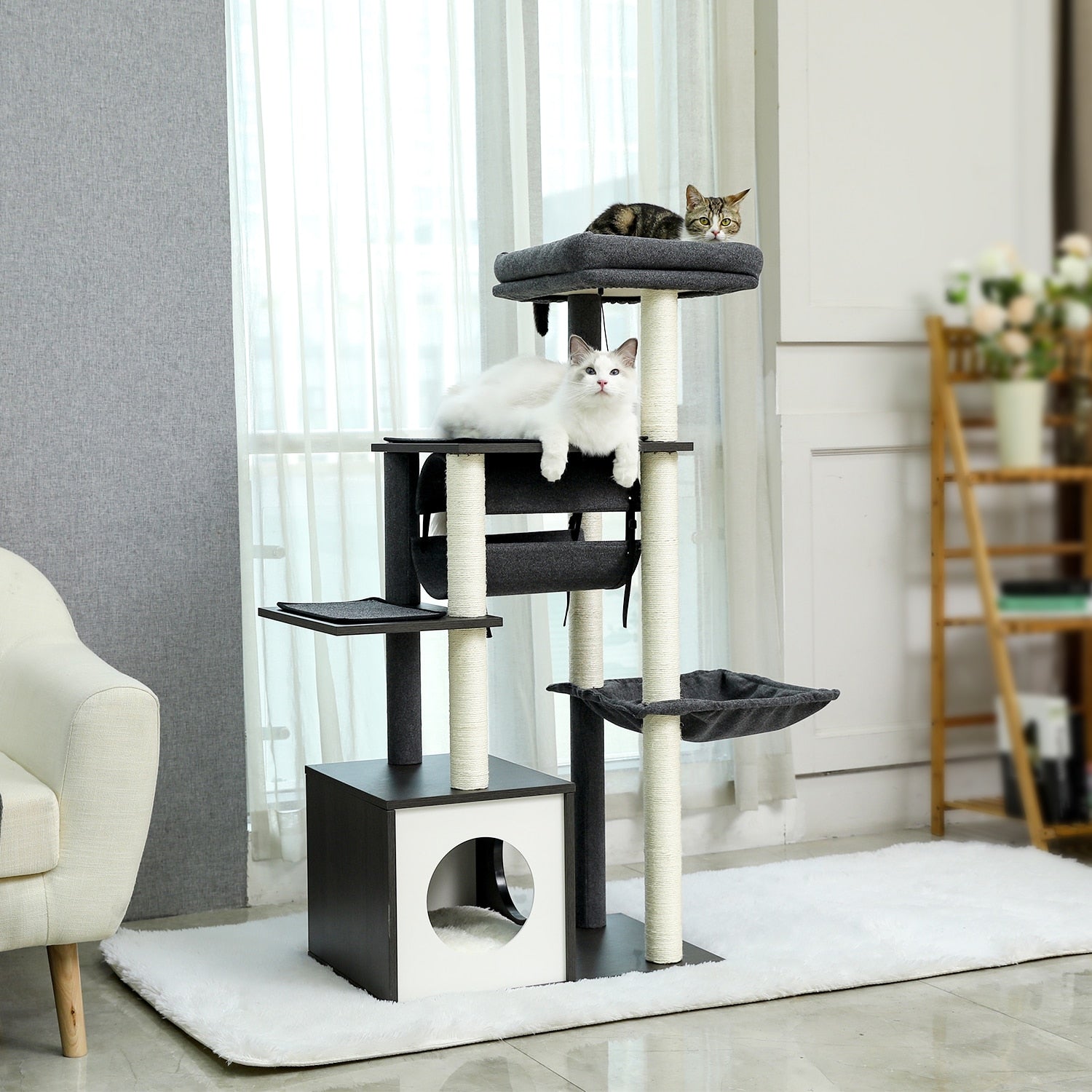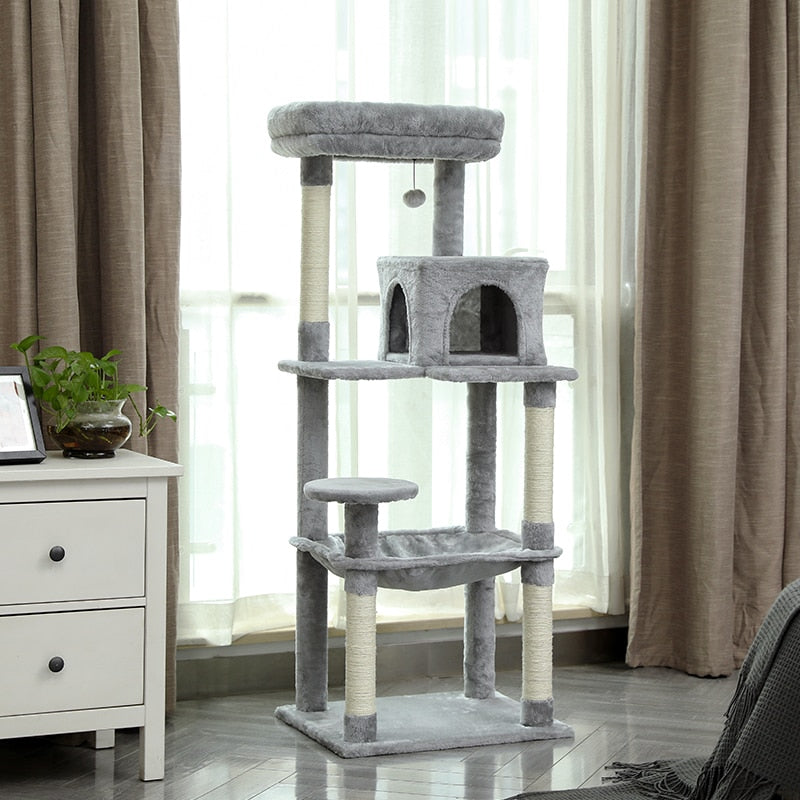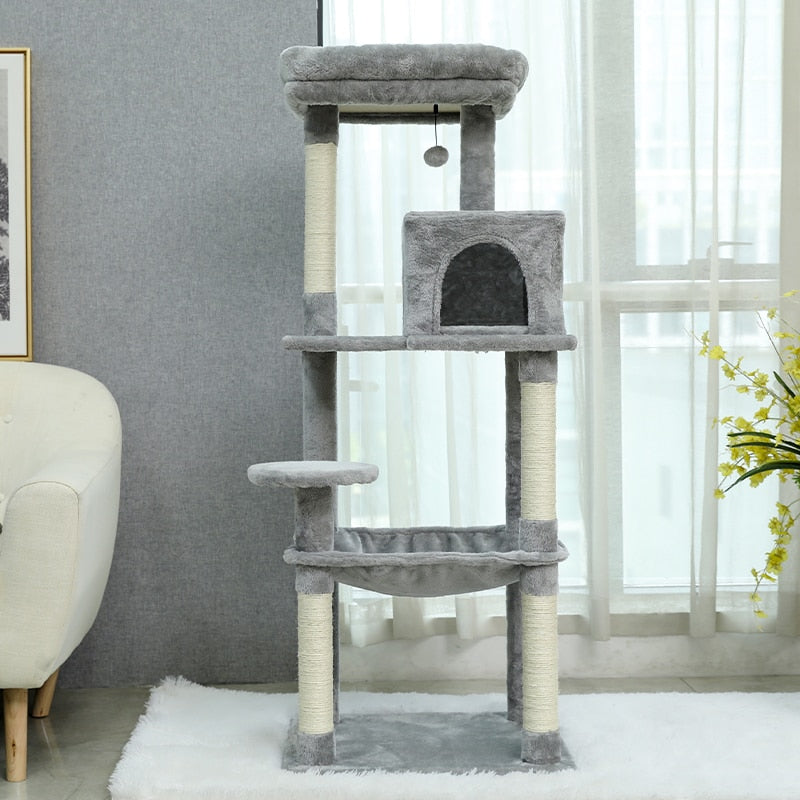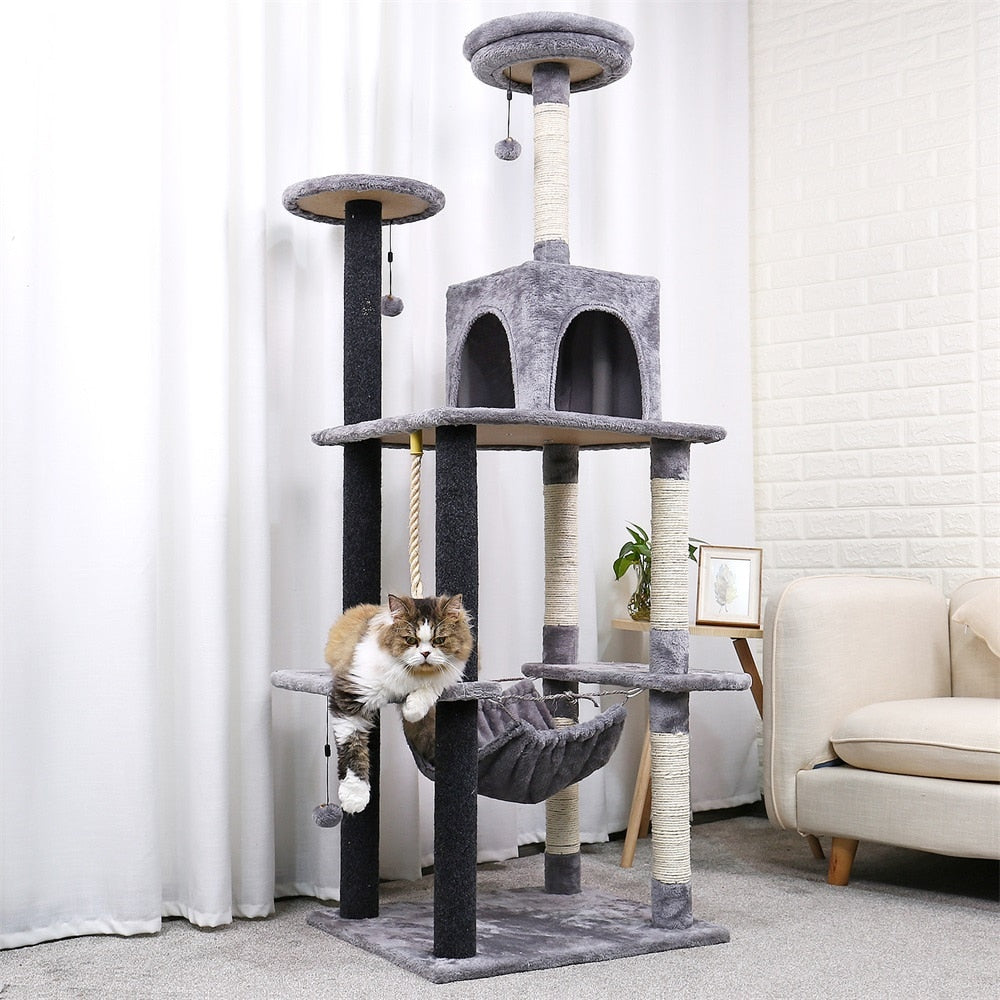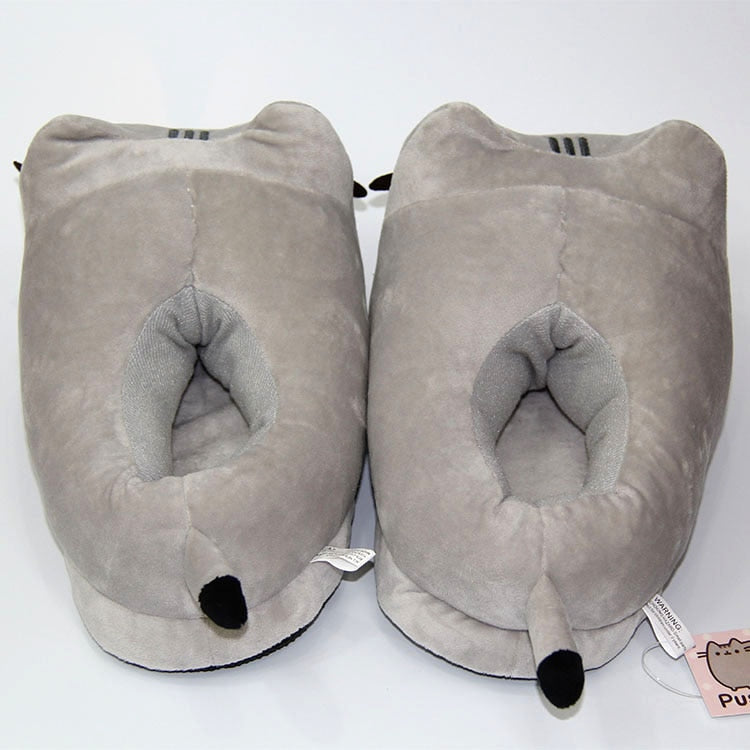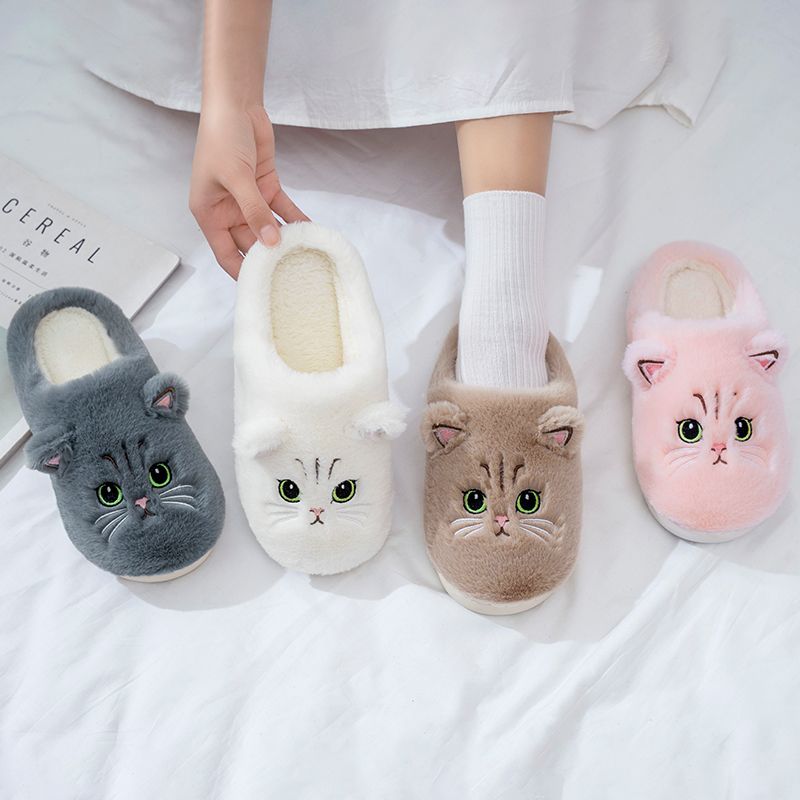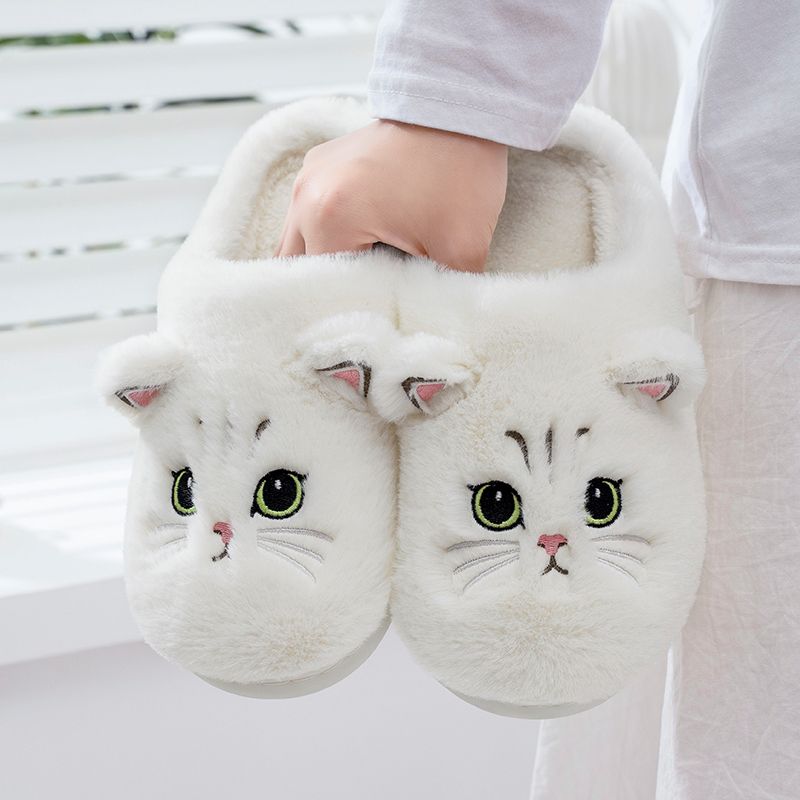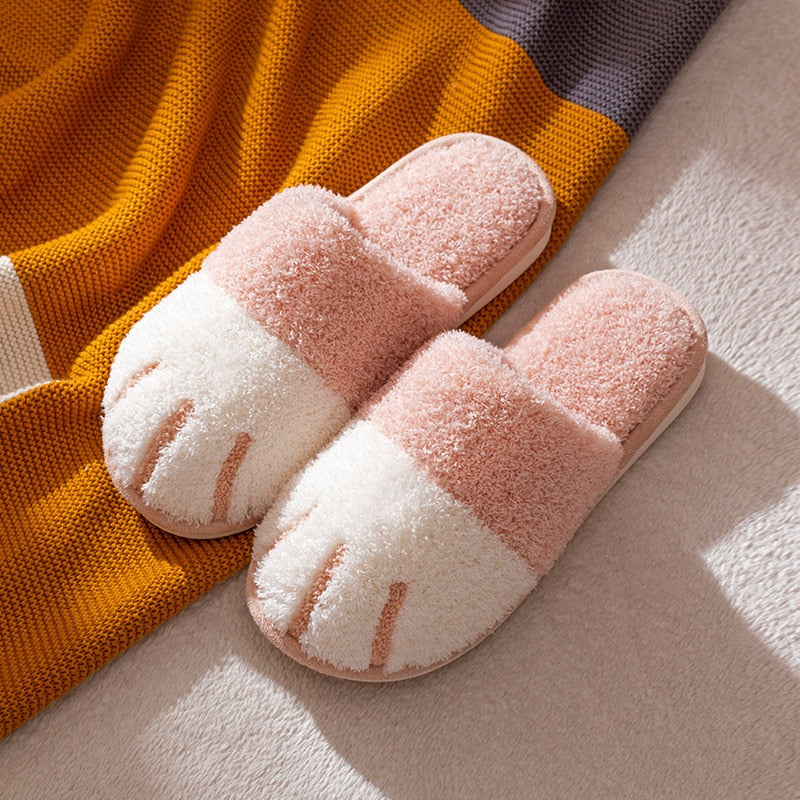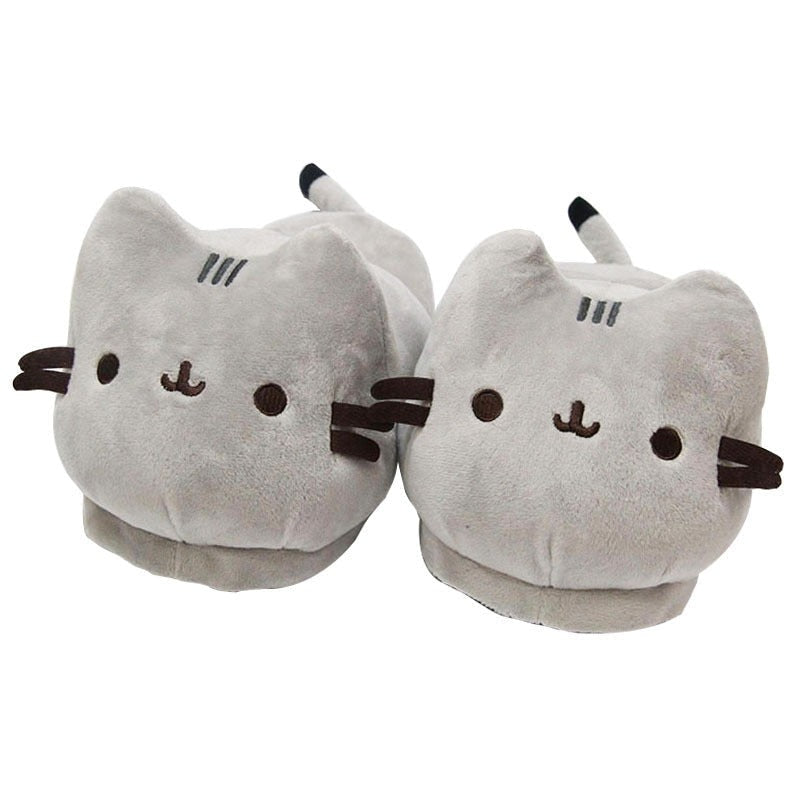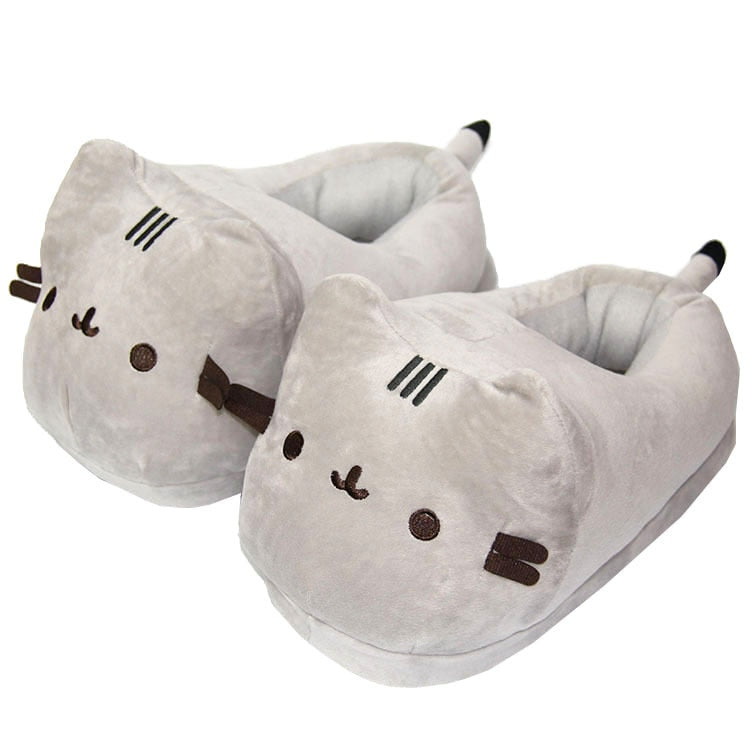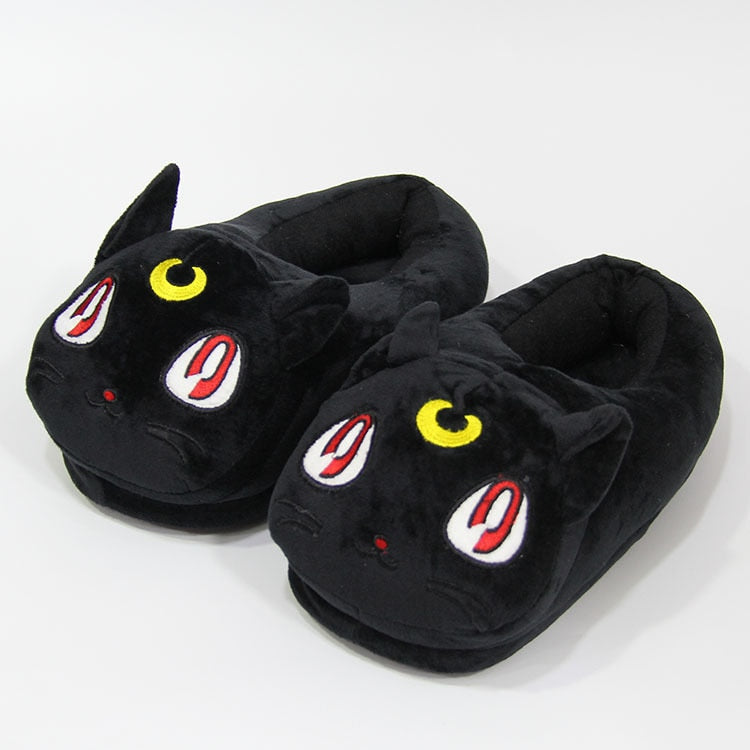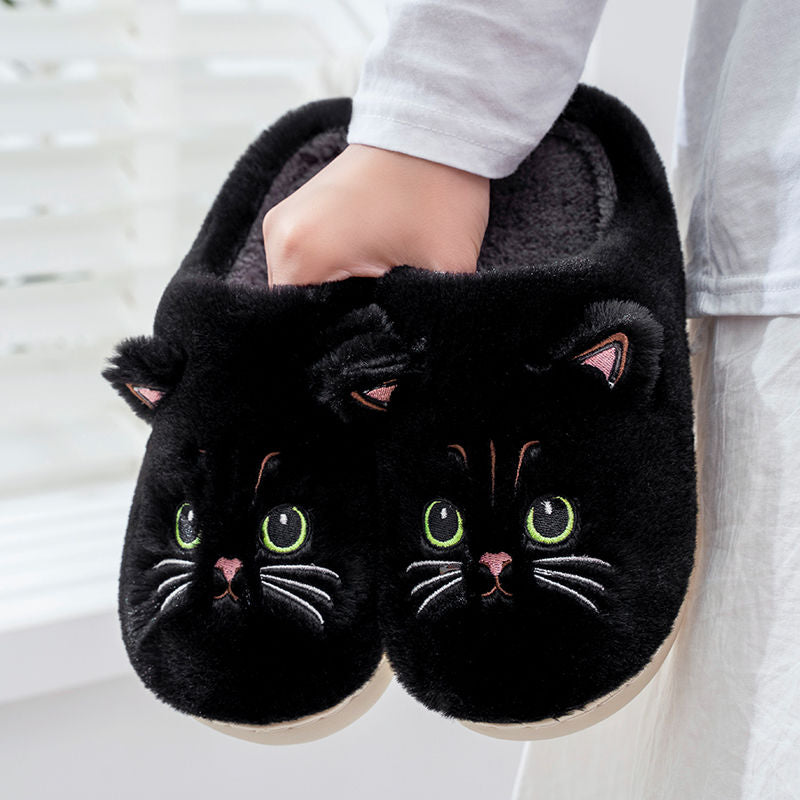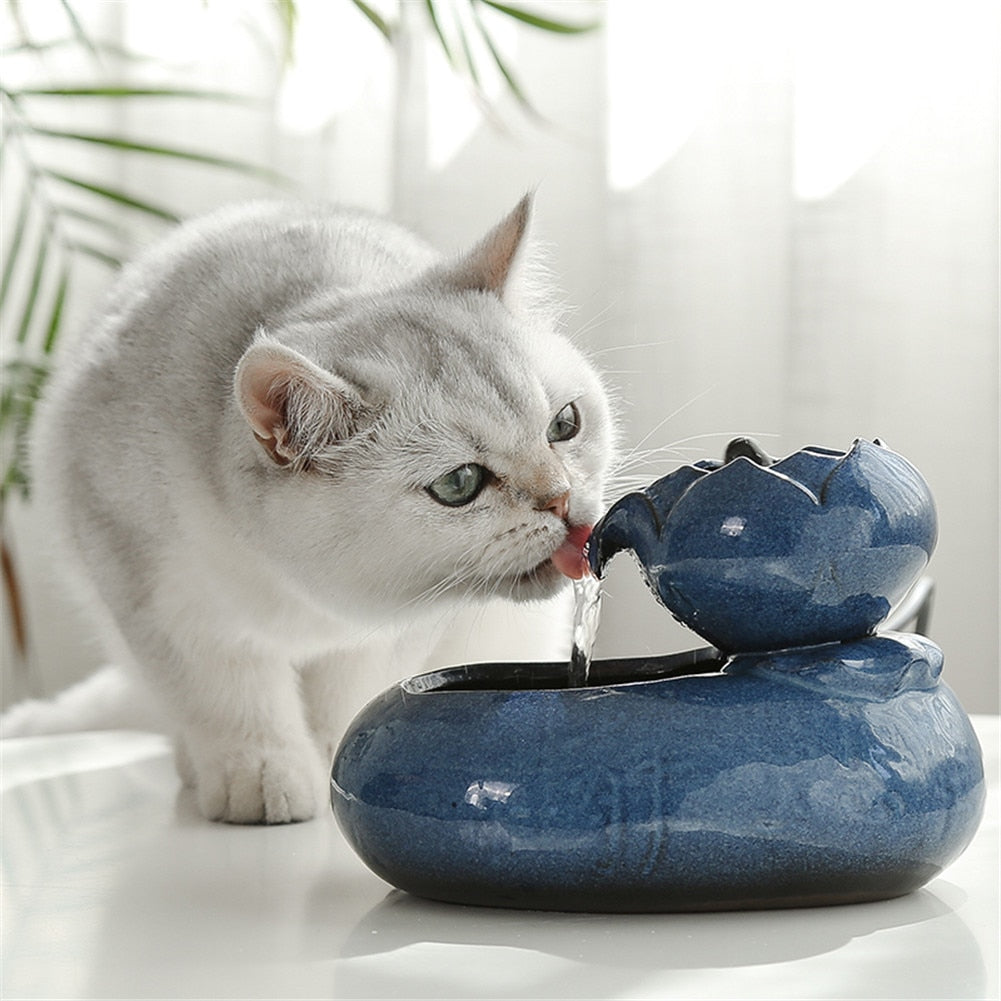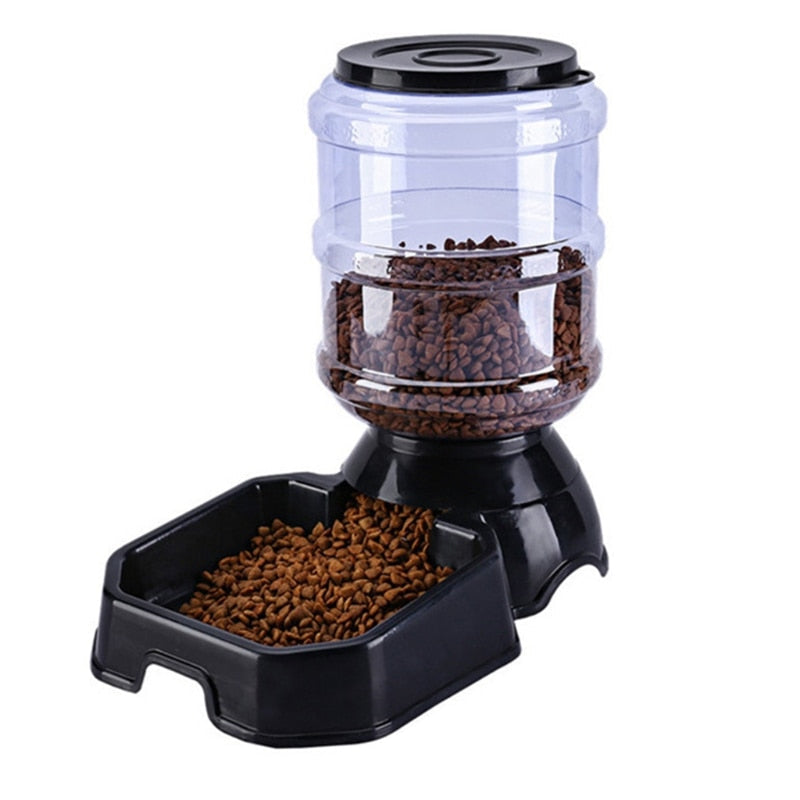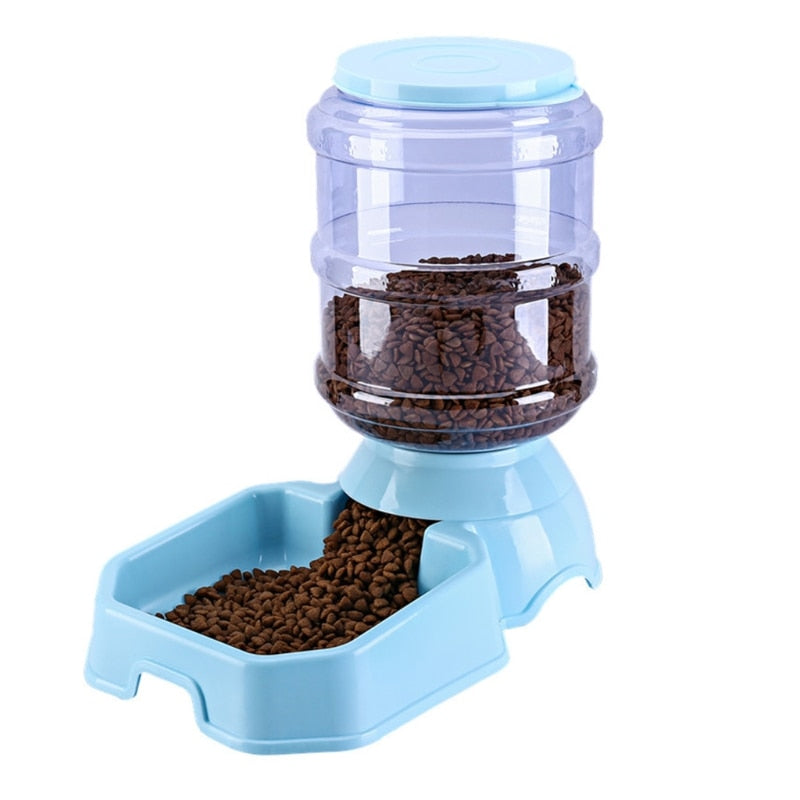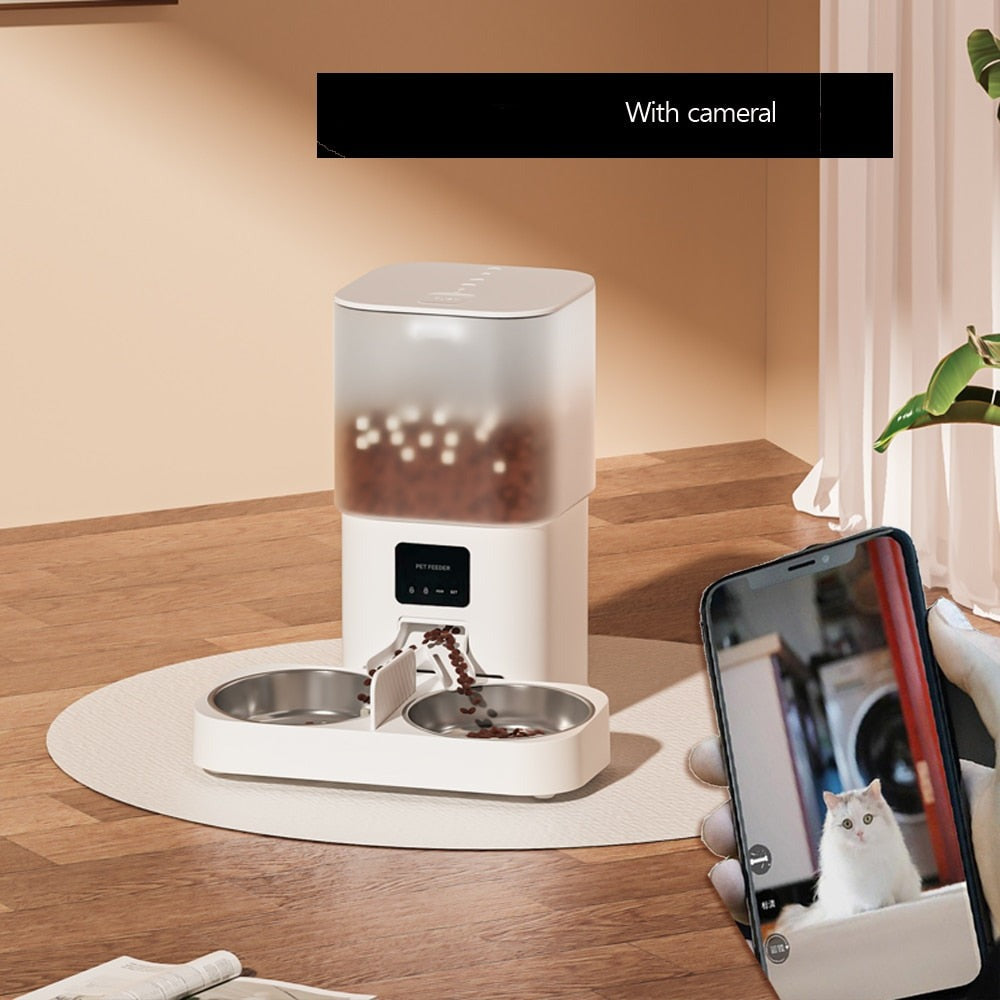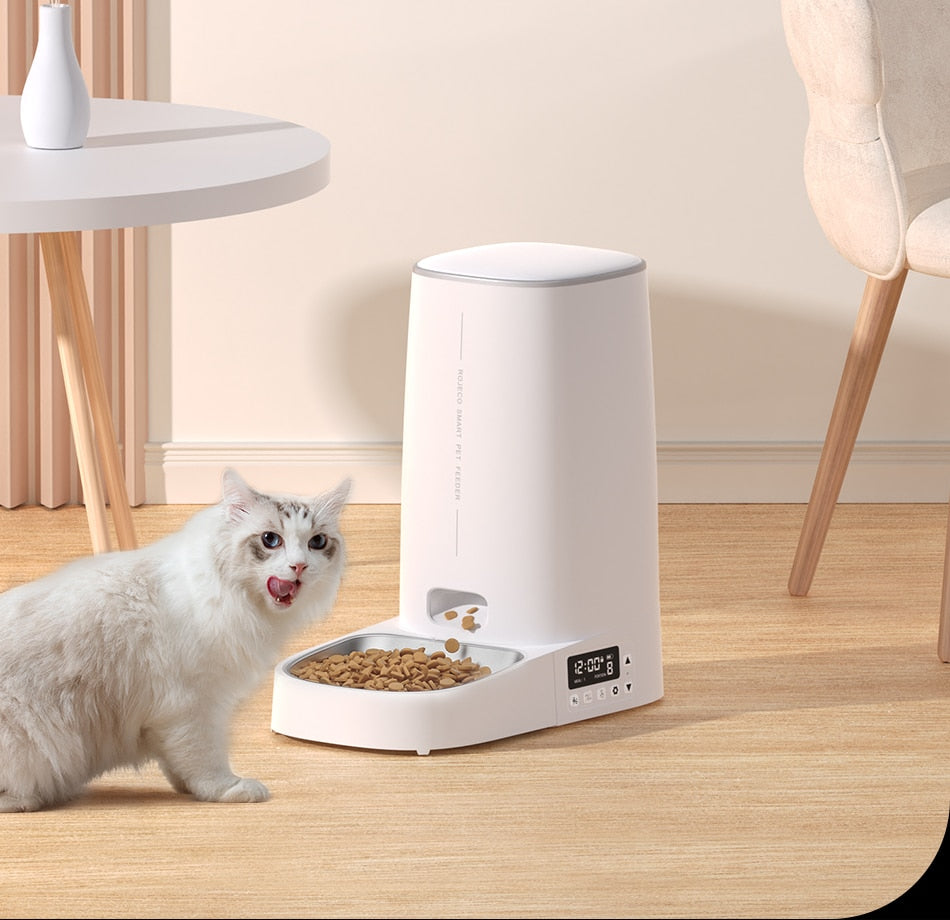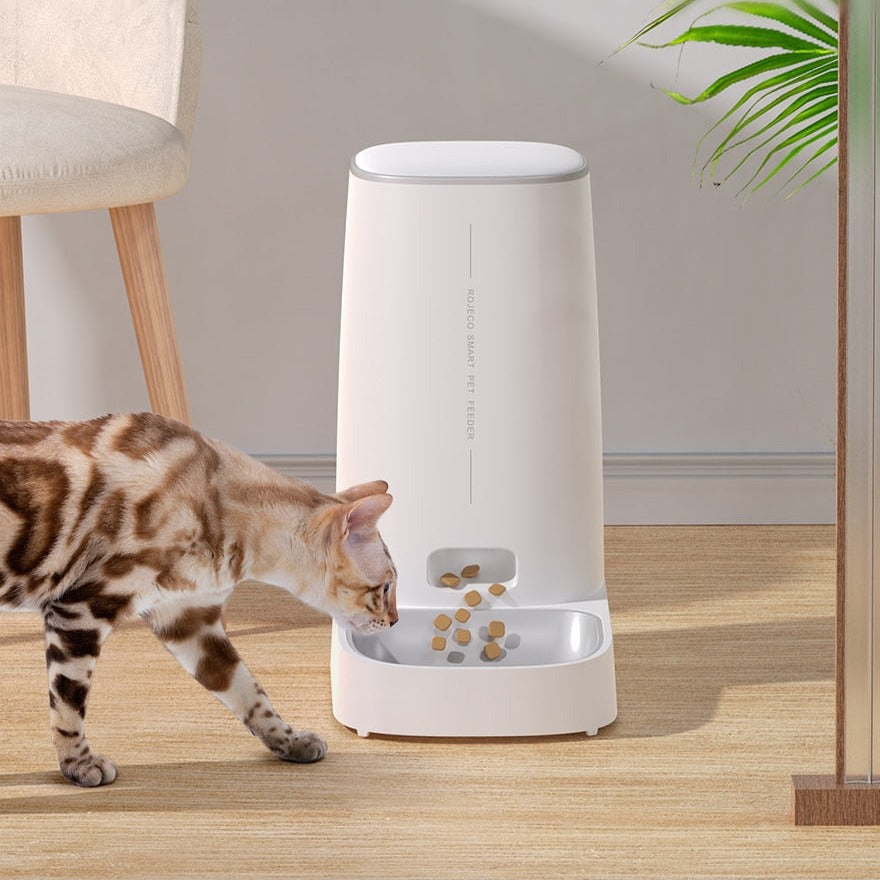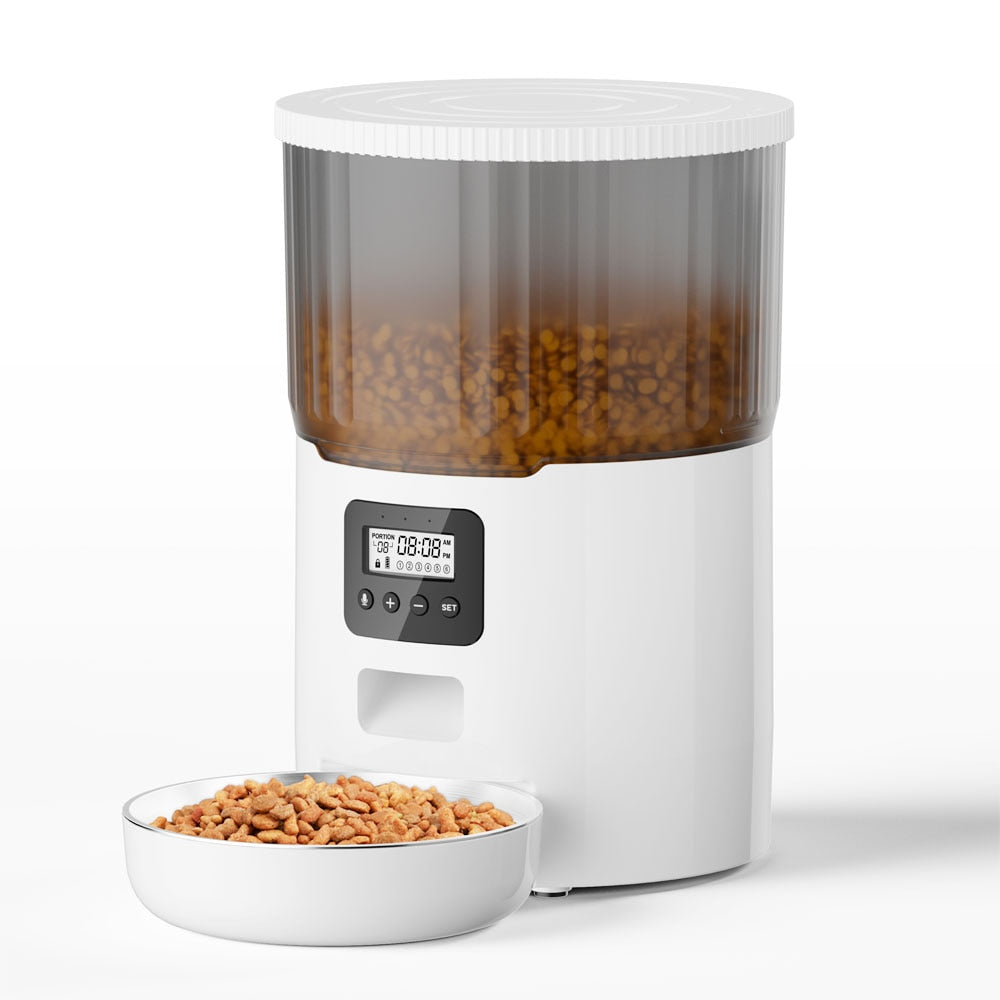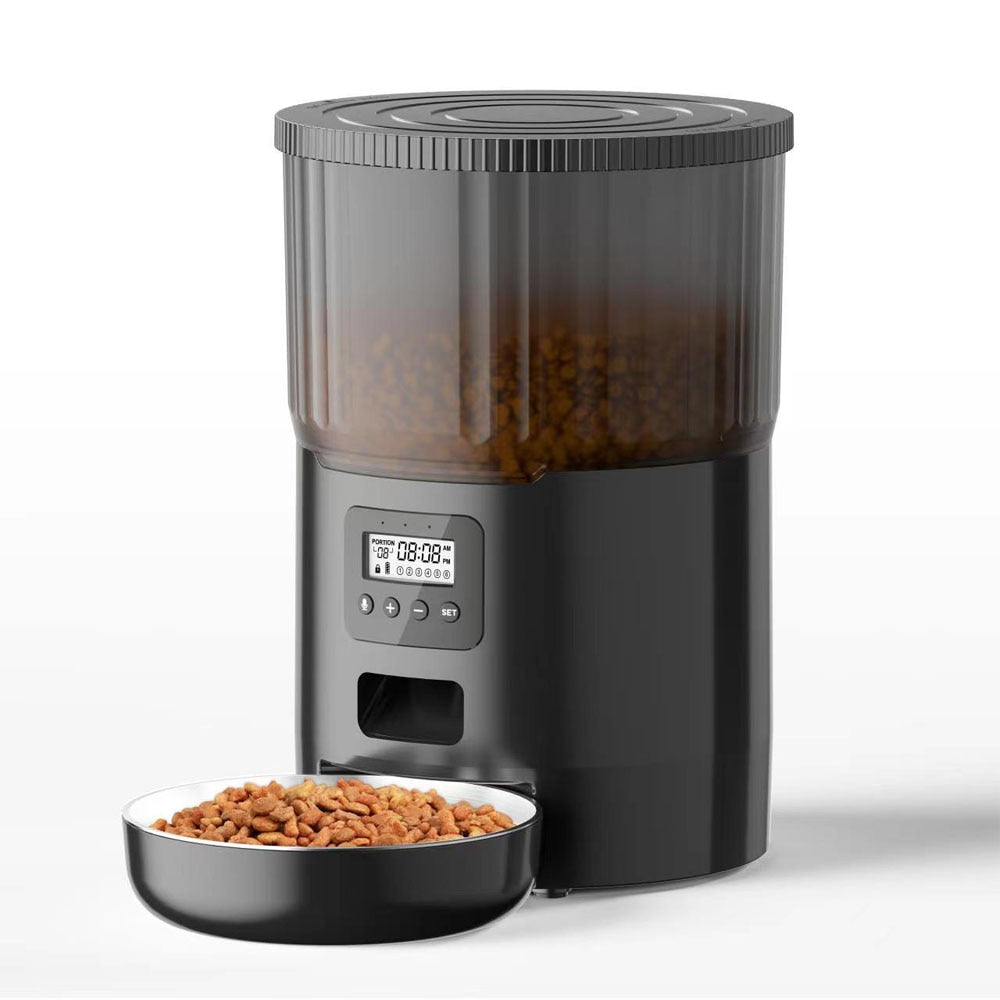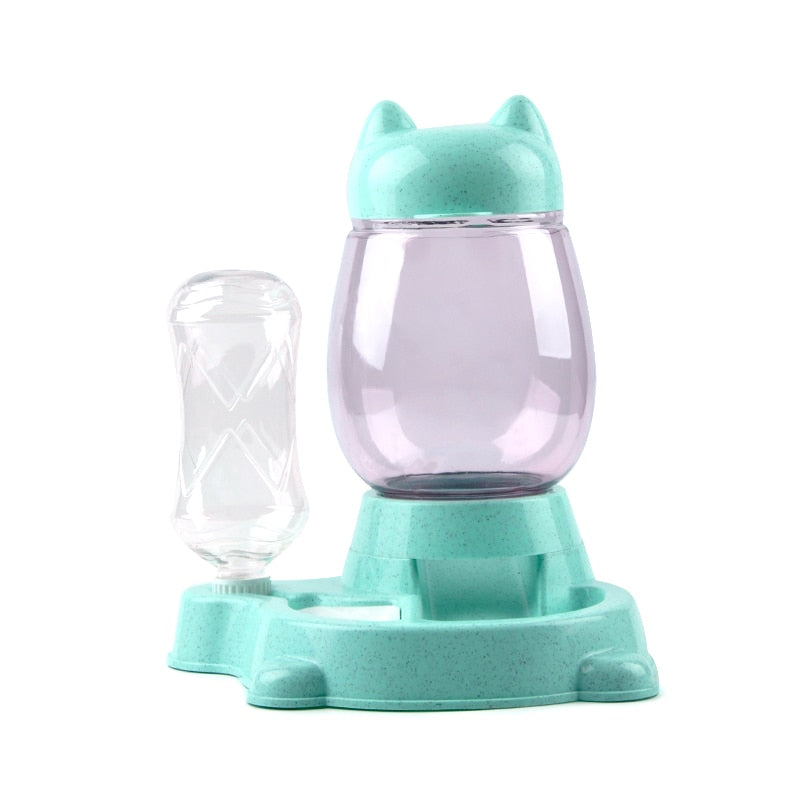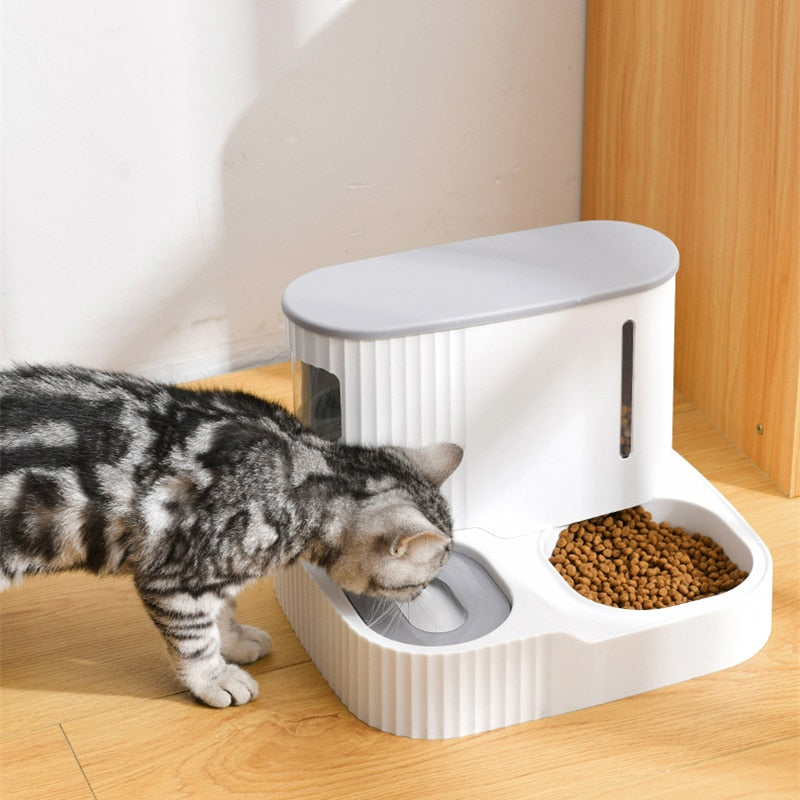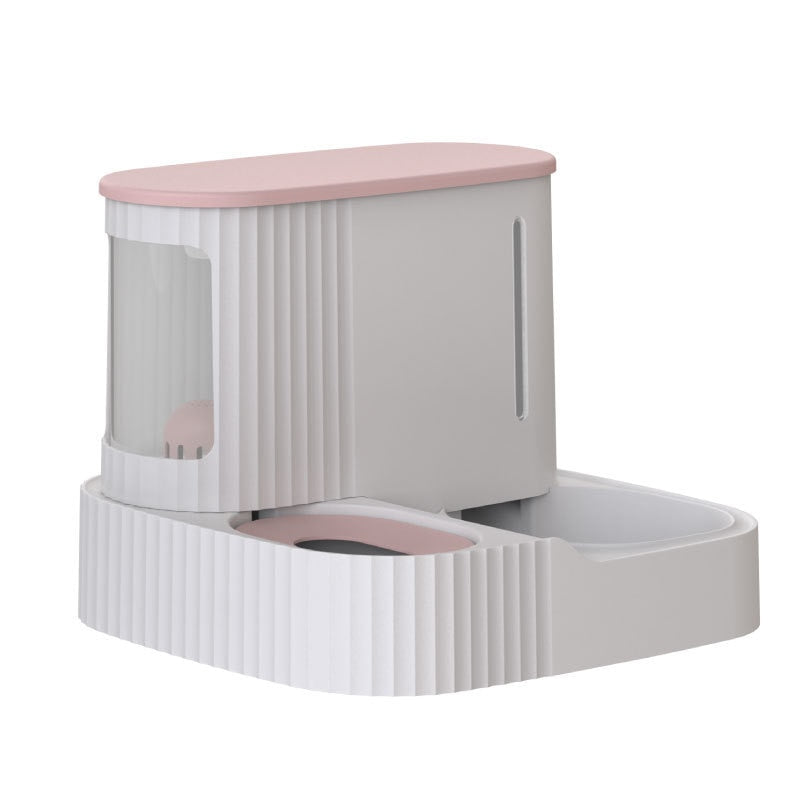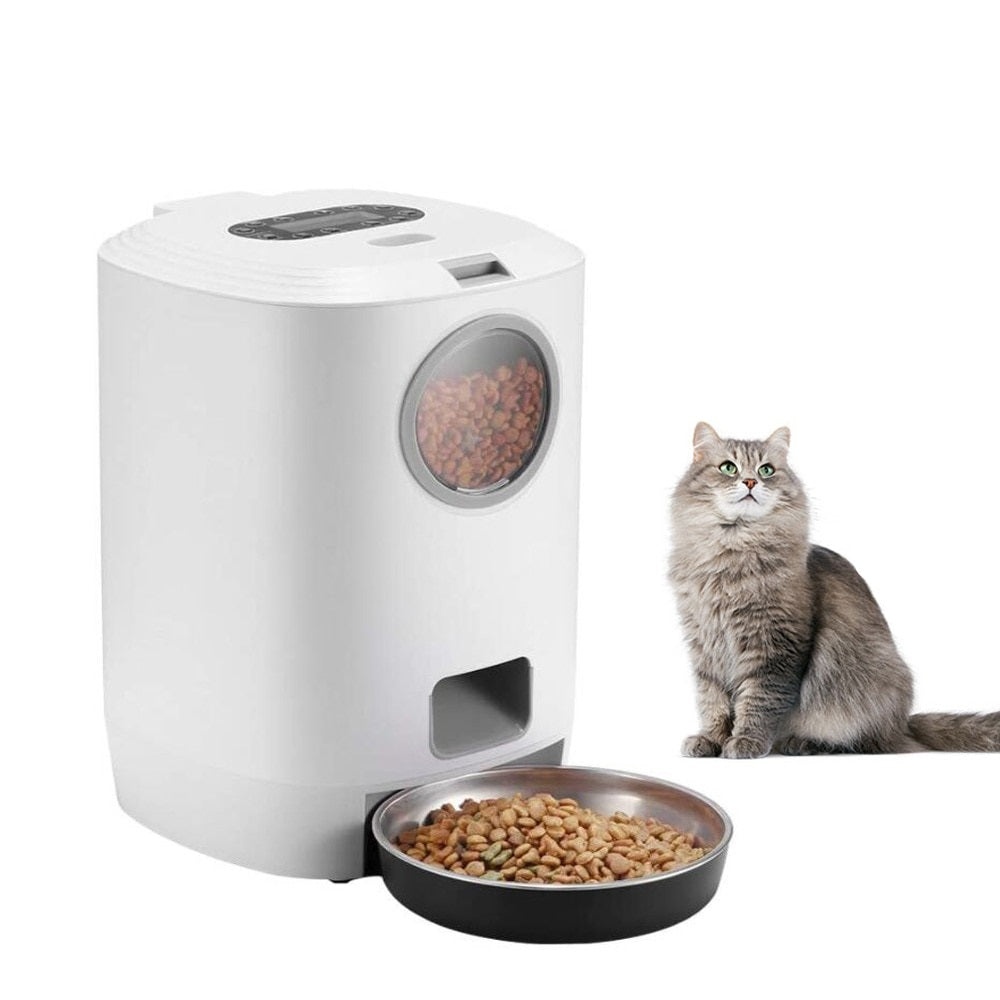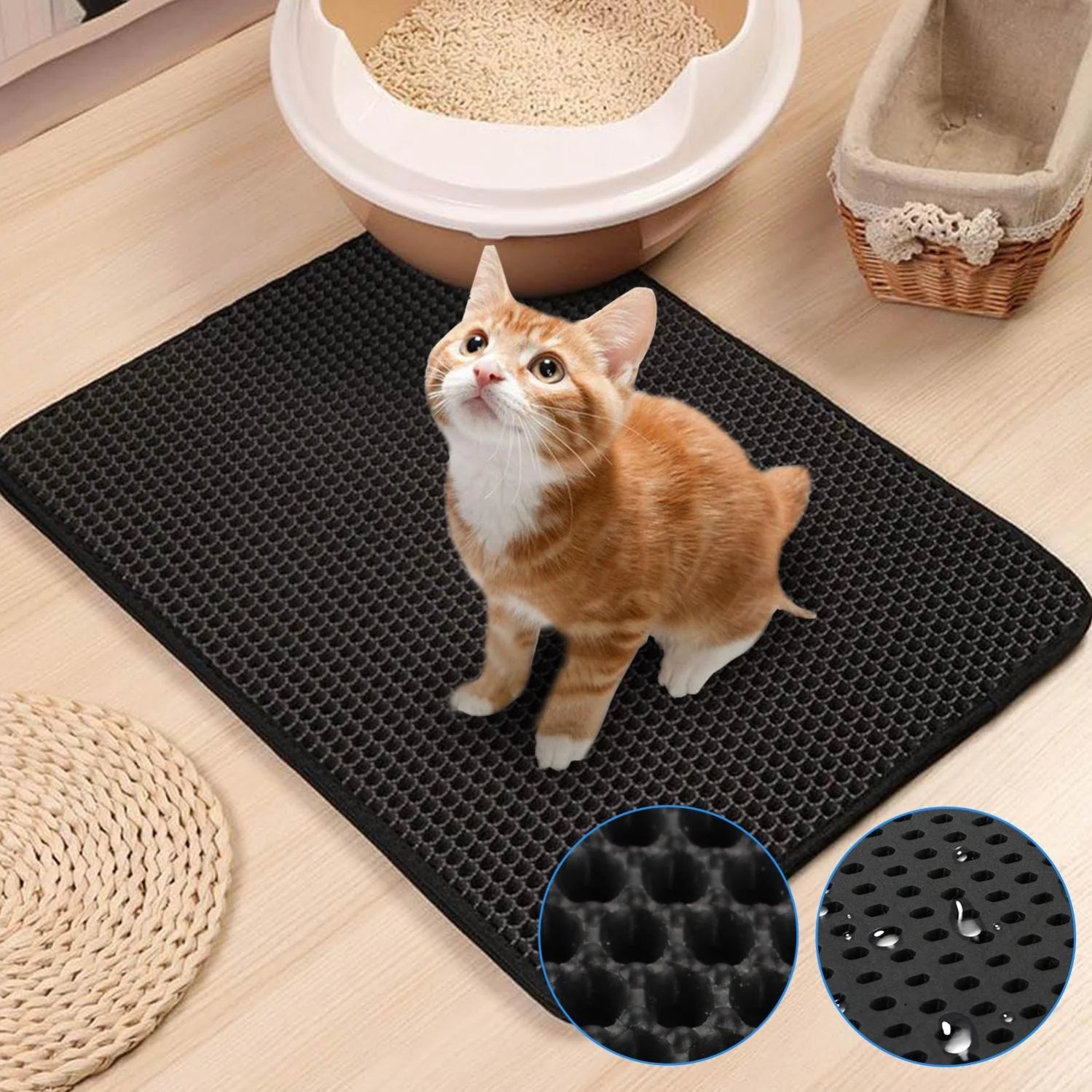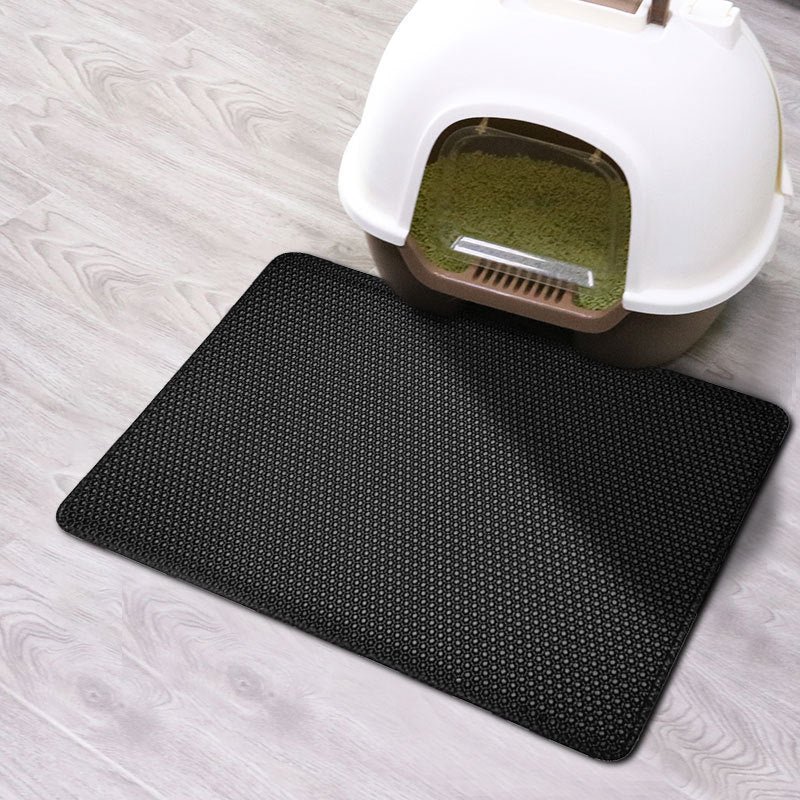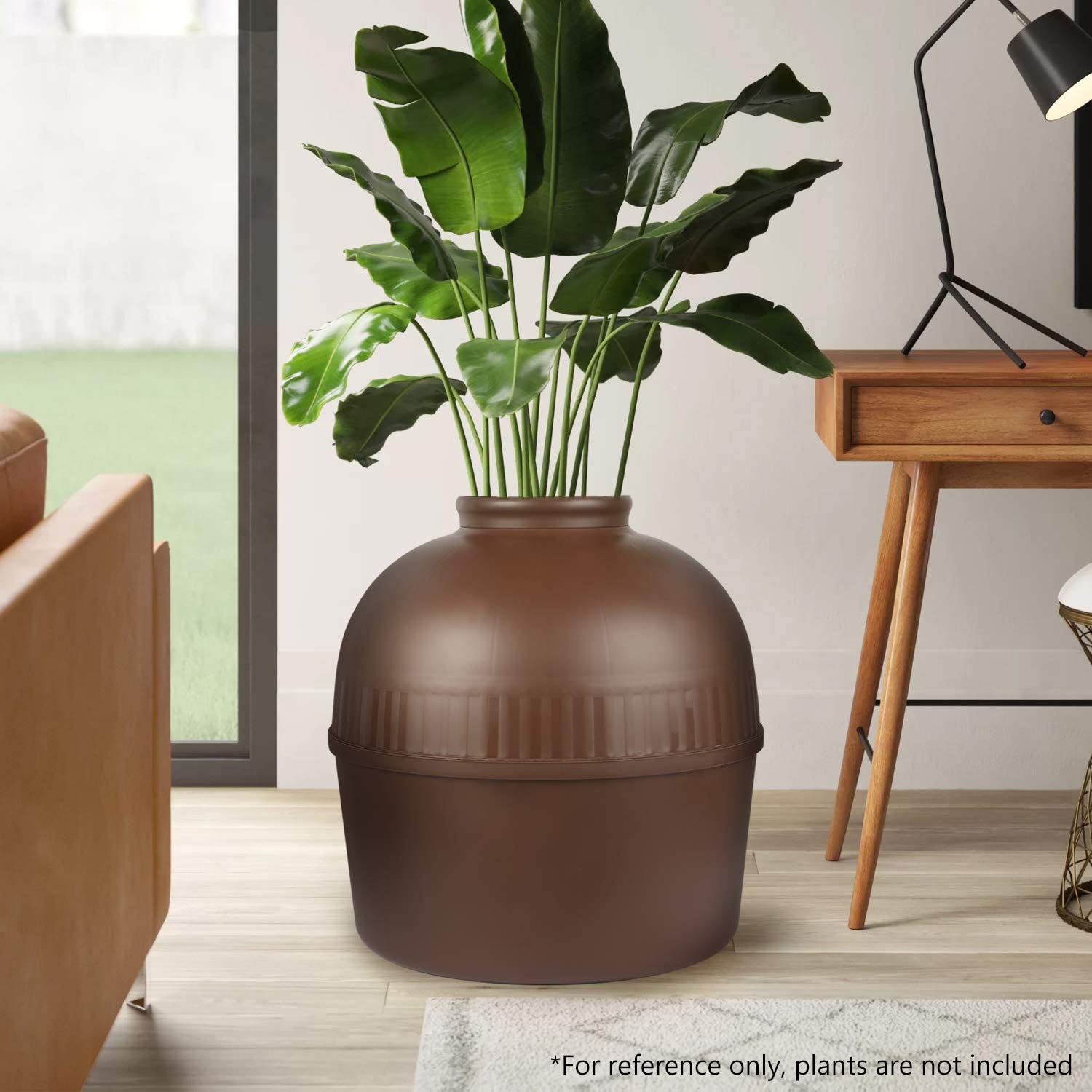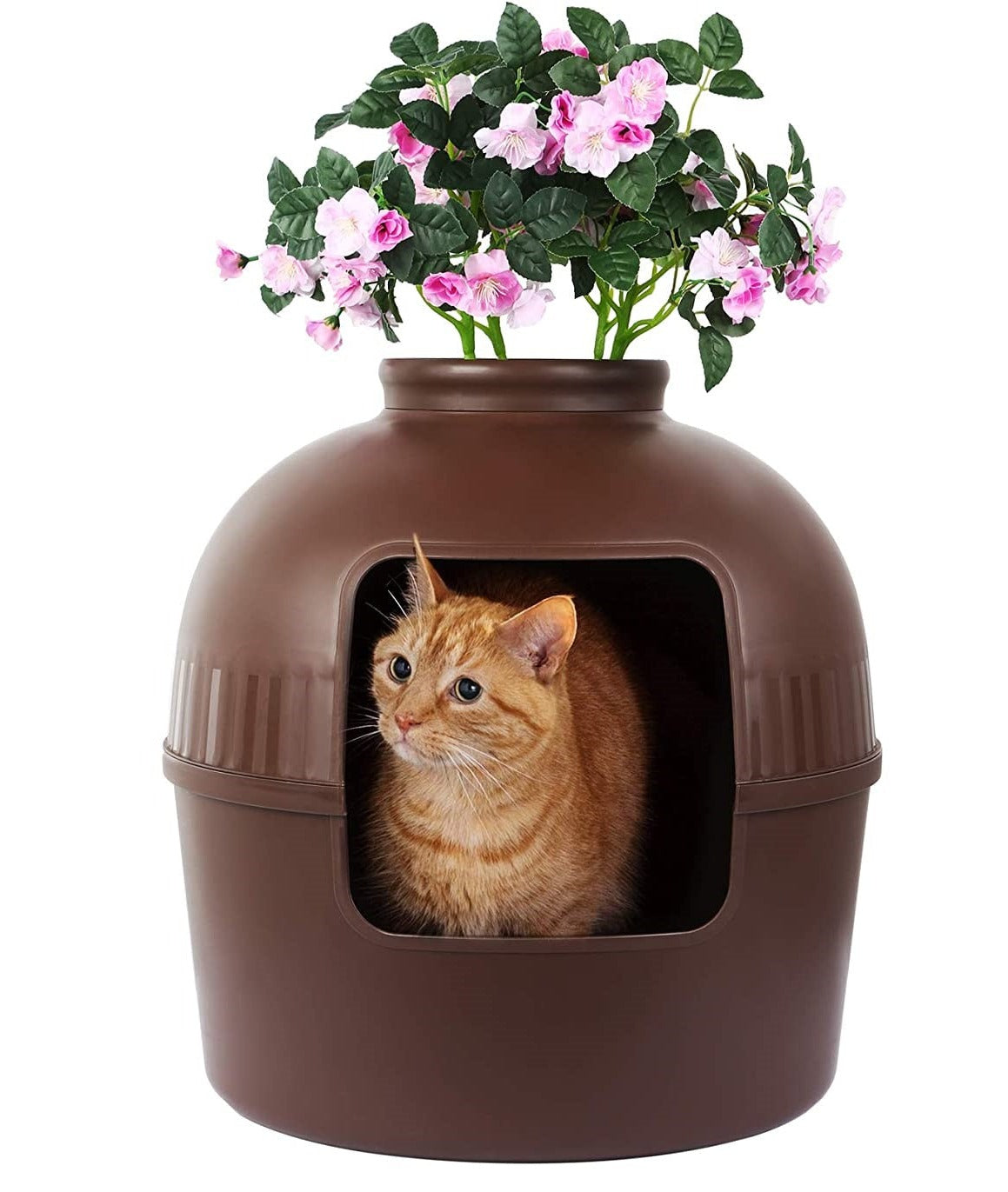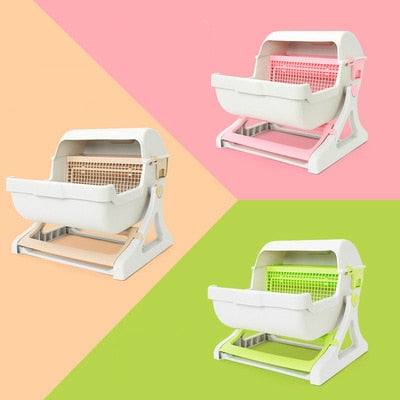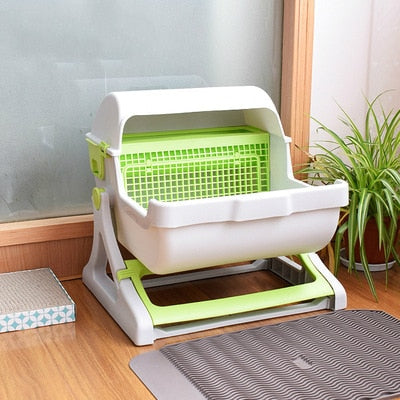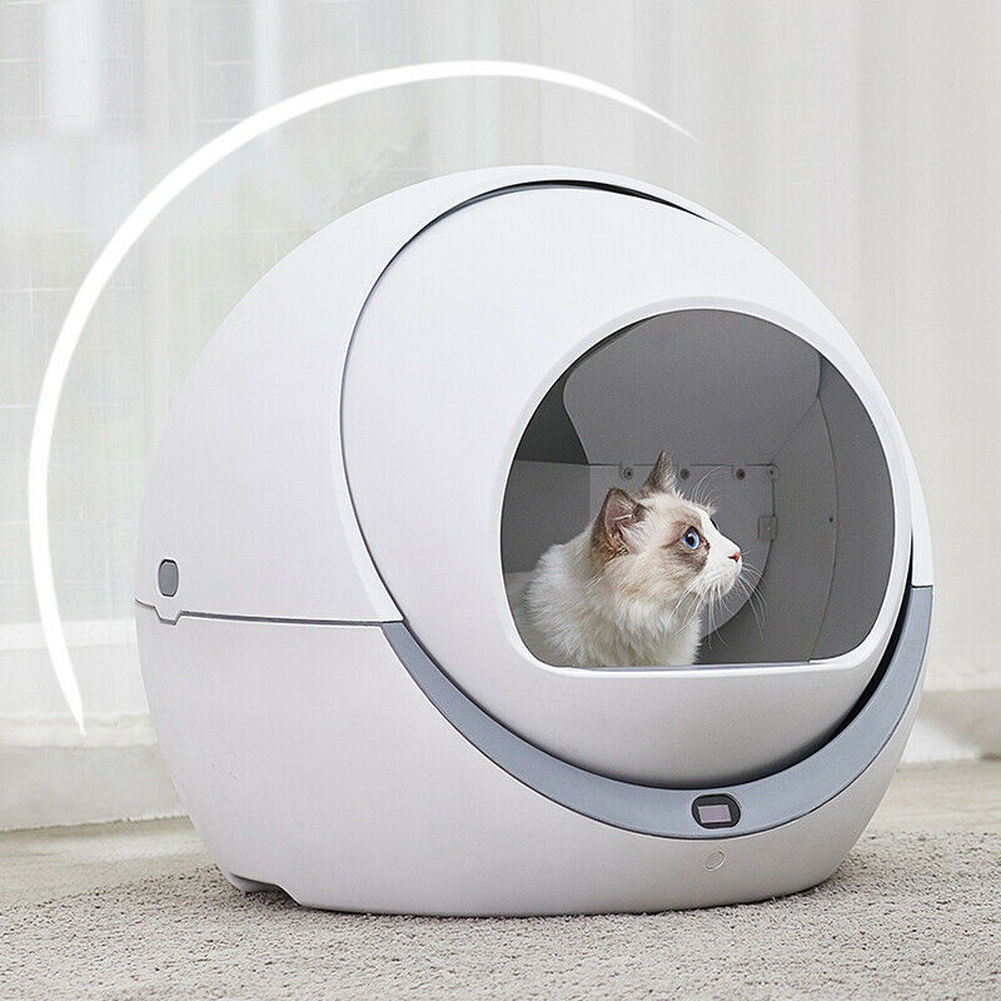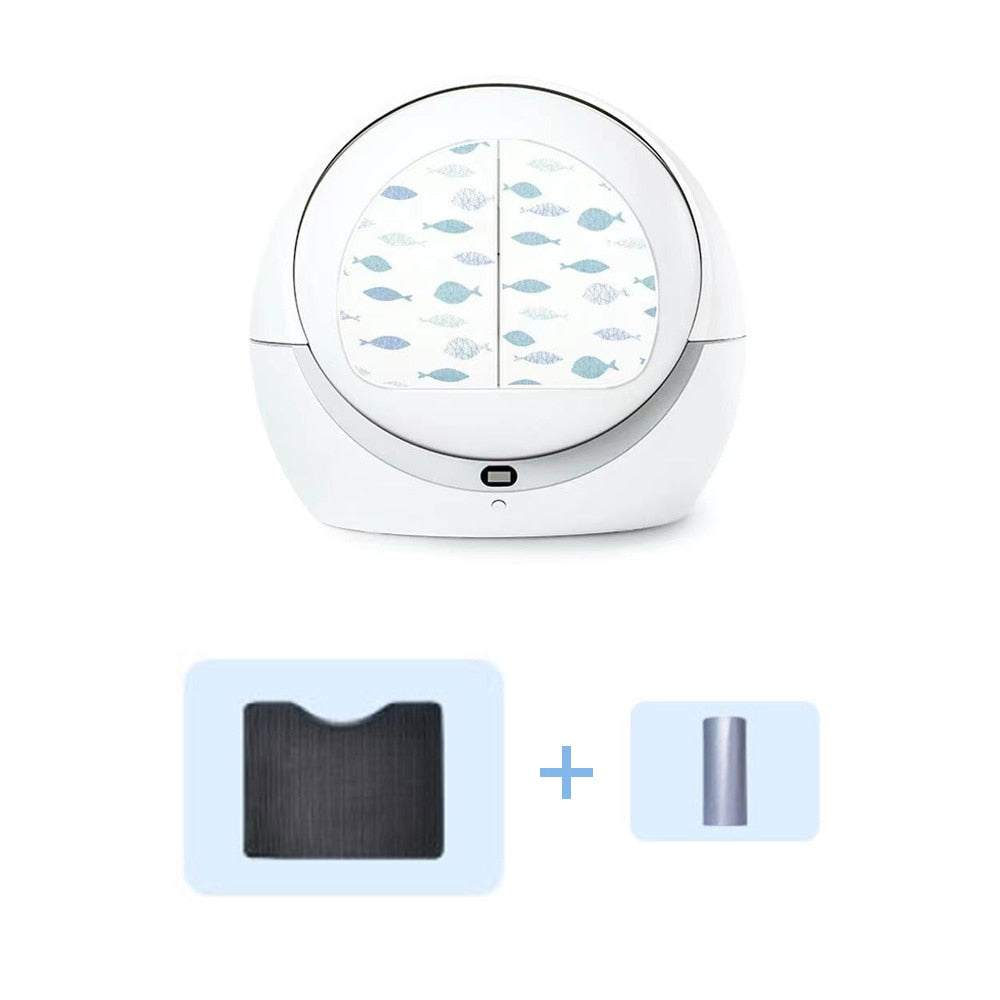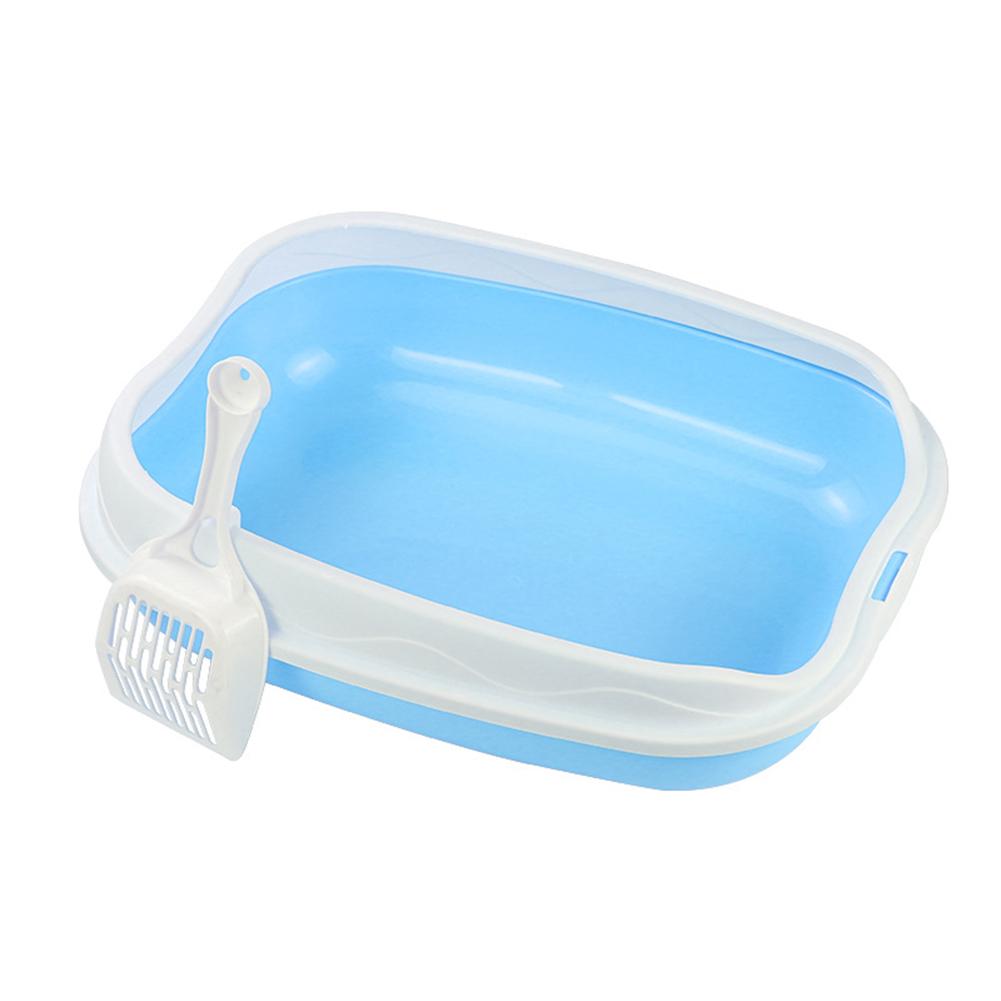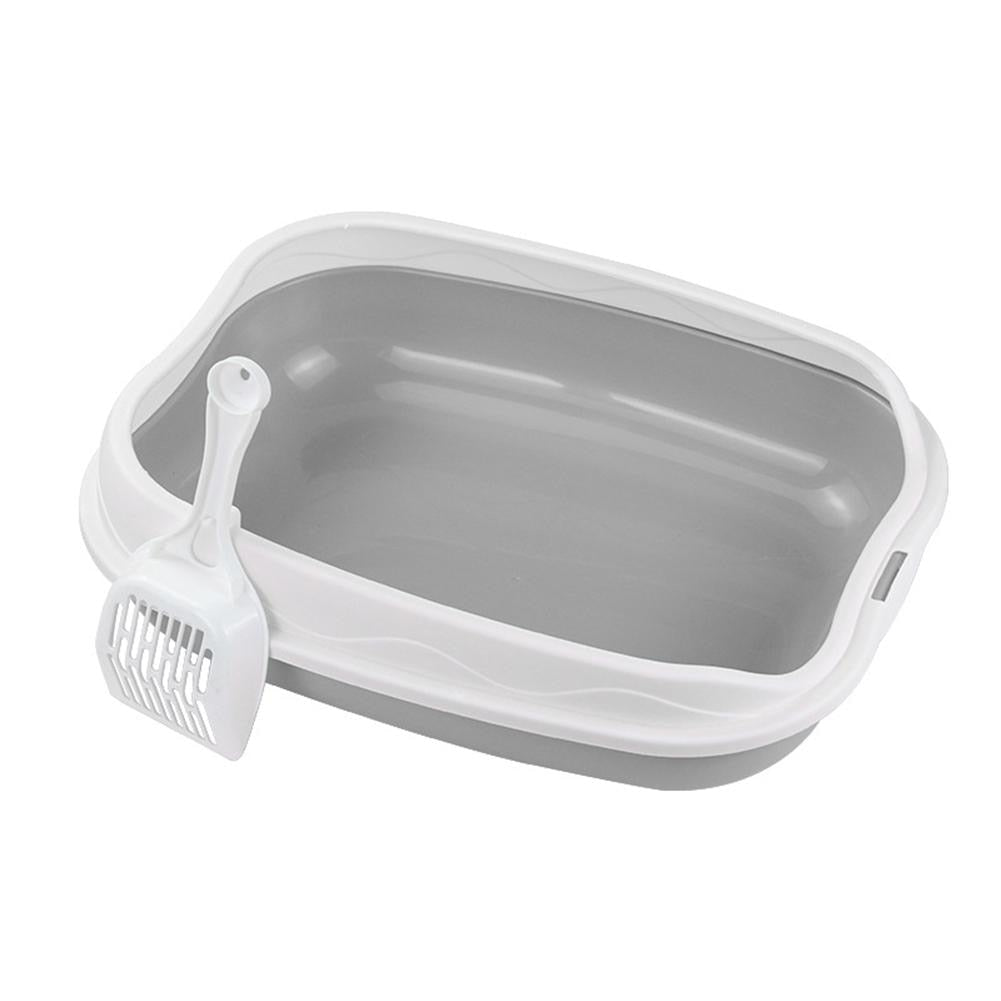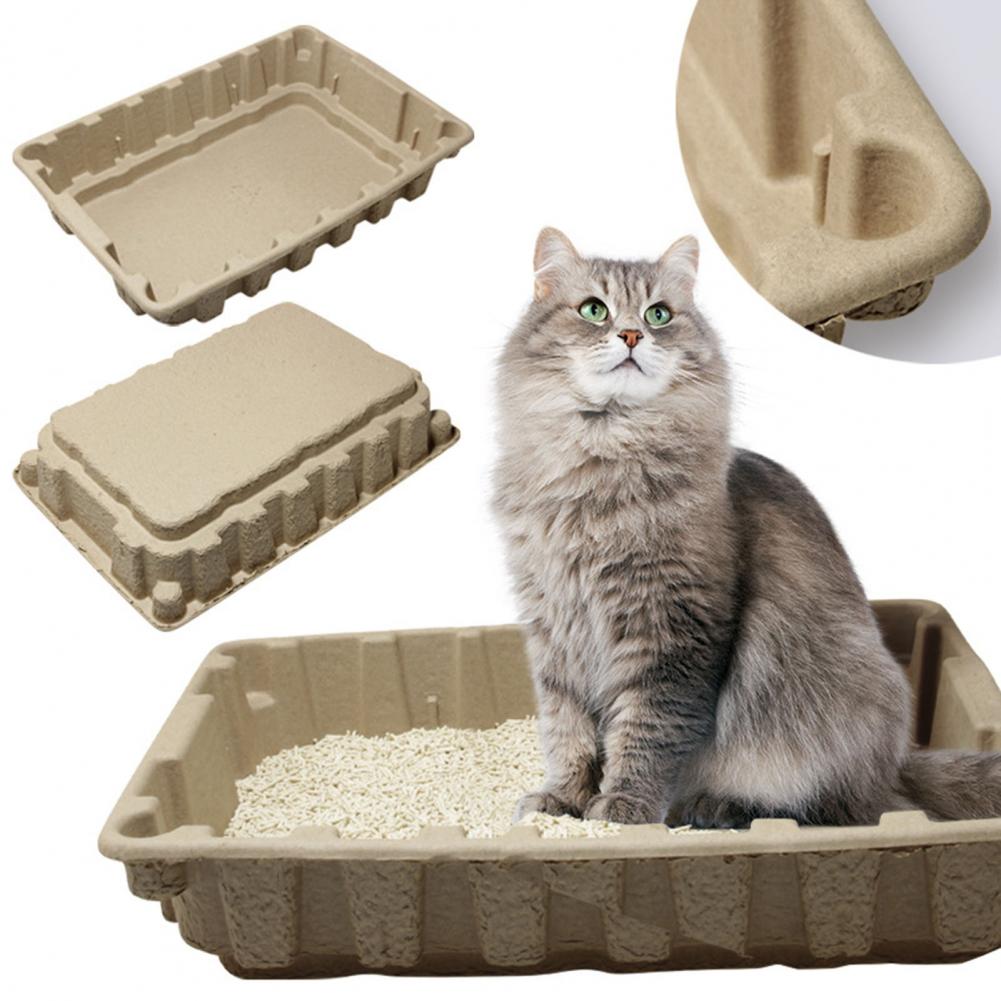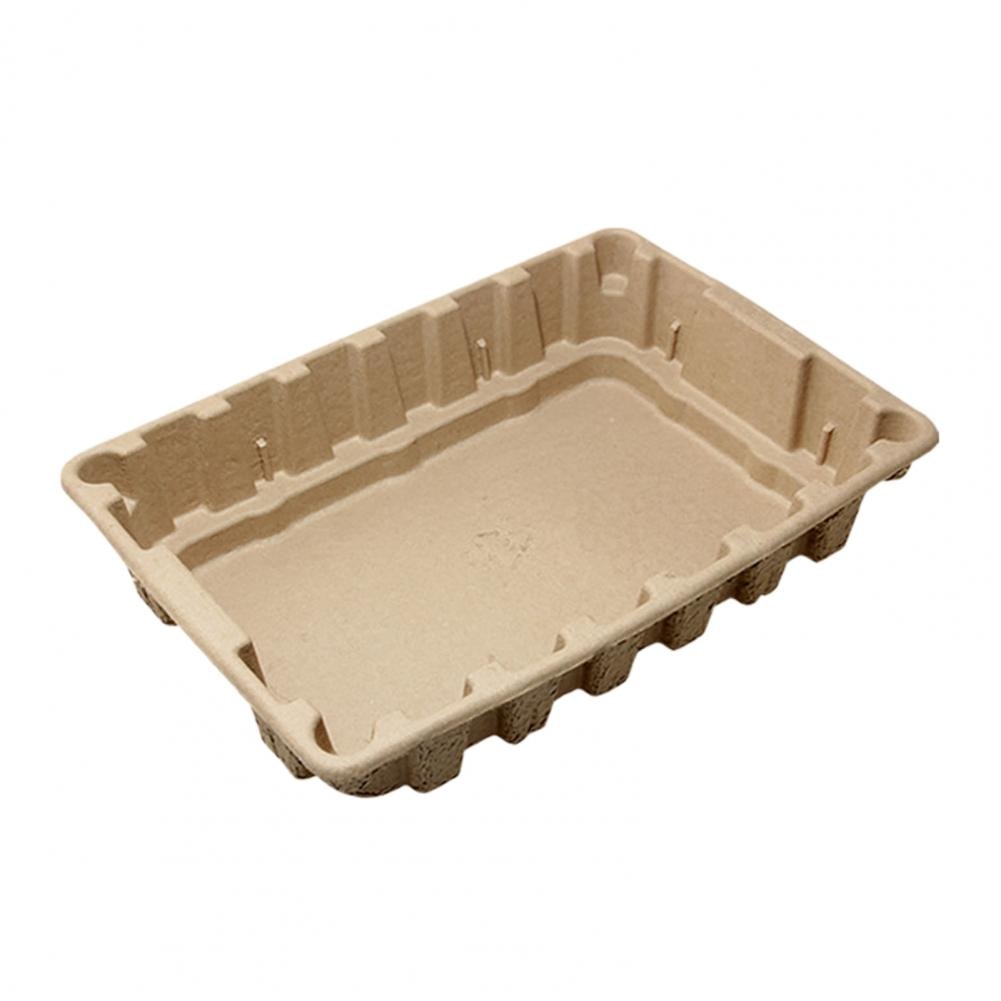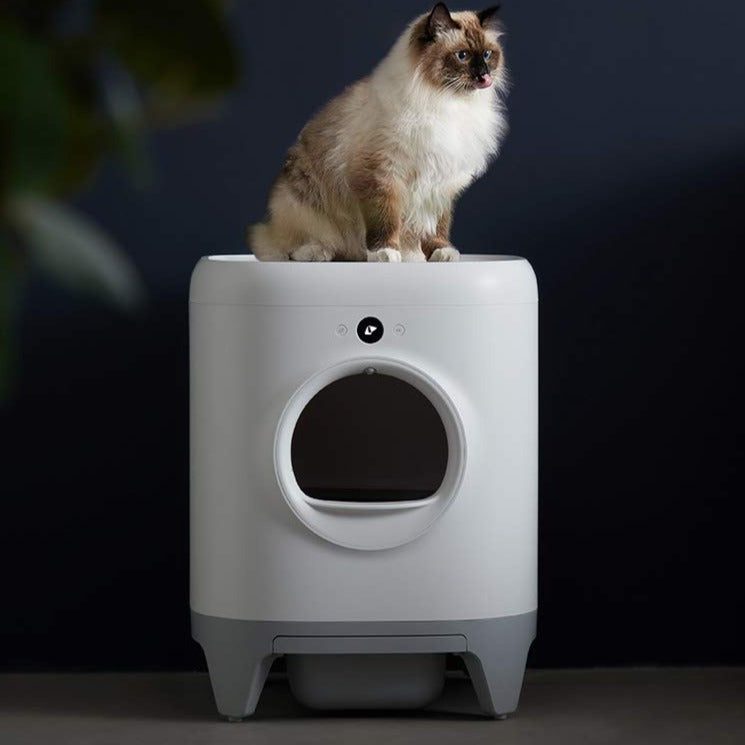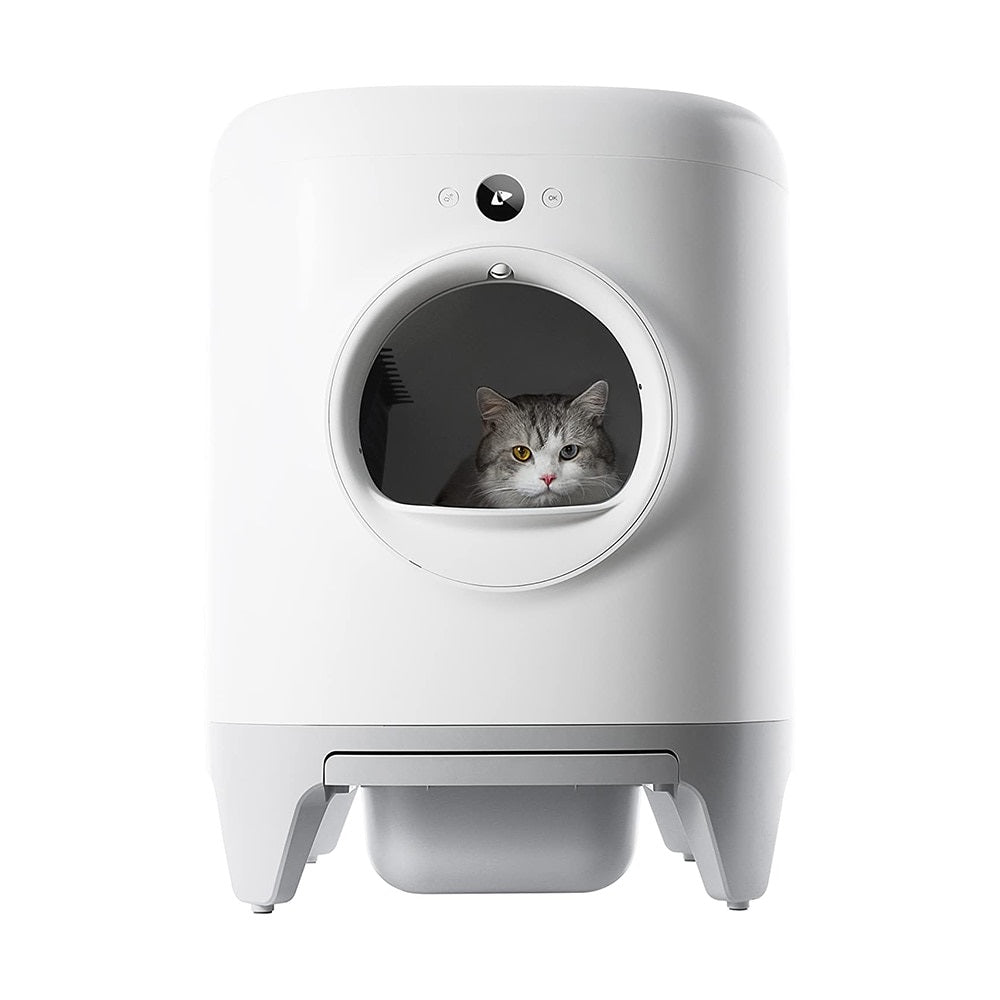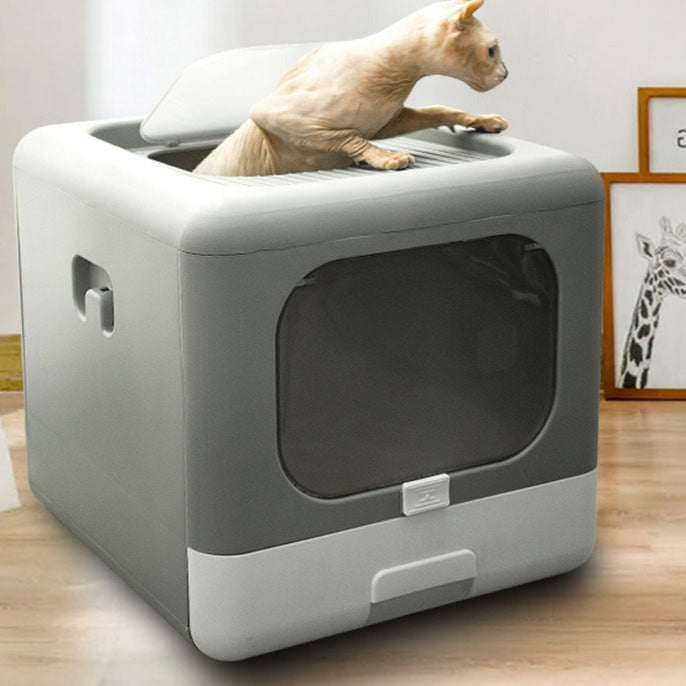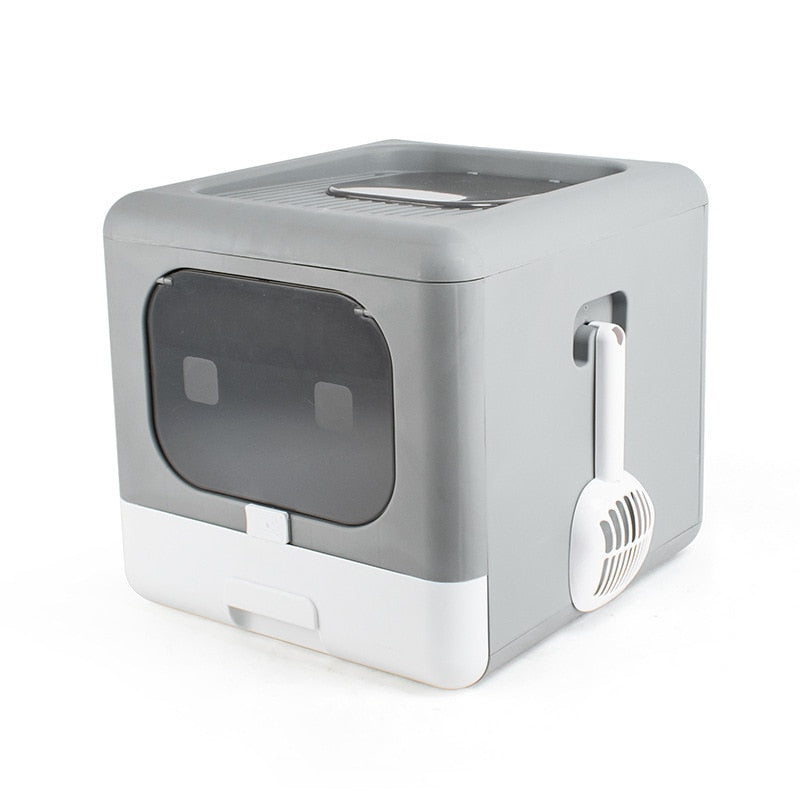Third Eyelid in Cats: Is it Conjunctivitis?

Third Eyelid in Cats: What Is It and Should We Be Concerned?

In order to survive in their wild environment, nature has provided felines, and therefore cats, withan additional eye membrane, called the third eyelid. This allows them to stand in windy and dusty places by protecting their eyes.
However, the appearance of this membrane is precise and lasts only a short time. When it remains visible for a long time, it is abnormal. There is most certainly a disease involved and your cat should see a veterinarian as soon as possible.
What is the third eyelid or nictitating membrane?
The third eyelid is a whitish membrane with a transparent appearance that is found in the inner corner of cats, but also the eyes of birds, other felines or domestic animals. It is an eye tissue which, unlike the other 2 eyelids, spreads out horizontally (from the inner corner to the outer corner) to cover the eye.
Third eyelid of the cat clearly visible
The nictitating membrane plays a protective role in the life of the feline. It allows it to keep a minimum of visibility of its surroundings by filtering the too dazzling solar rays. It also moistens, cleans and protects the eye against bacteria and pathogens contained in dust.
Controlled by a nerve, the movement of this eyelid is automatic, much like a reflex. It deploys under specific circumstances (during sleep for example), and retracts so quickly (upon waking) that it is almost impossible to see it in normal times.
Third eyelid visible is this normal?
Again, the nictitating membrane is only visible in certain situations such as when the cat is in a light sleep or drowsy state. This is where the third eyelid is normally visible.
If the little feline is lying close to you, or lounging in your arms, you can easily see the third eyelid in his half-open eyes, without having to worry. But as soon as he wakes up, it must automatically retract, otherwise it is not normal: there is clearly a problem.
So, if you notice the appearance of the third eyelid in your pet for one, two, or even three days, you should contact your veterinarian right away. And he will be able to effectively determine the cause of this anomaly, because, as you will have understood, there are several.
Causes of the appearance of the third eyelid in cats
Whether you see it in one or both eyes, the appearance of the third eyelid in cats is never a good sign. There are several causes for this, including illnesses. It could be a genetic disease linked to the breed of your little furball (the Sacred of Burma in this case), or an extreme dehydration of the cat.
The constant visibility of the nictitating membrane may also be due to a foreign agent lodged in the eyeball, which causes inflammation of the connective membrane (conjunctivitis). Sometimes it is the shock of the eye that has caused the trauma to the feline. The membrane thus appears as protection until the trauma has passed.
But most often, it is feline diseases such as flu coryza, cancerous diseases, or infectious intestinal diseases that cause severe digestive disorders, diarrhea and persistent nausea.
Third eyelid procidence treatment for cats
In most cases of apparent third eyelid, treatment is still possible. You will note thatthere are several means of treatment, of course administered on a case-by-case basis and according to the advice and recommendations of your veterinarian.
In case of conjunctivitis and trauma to the feline eye, treatment with eye drops prescribed by the veterinarian will suffice to restore the functioning of the membrane. For dehydration, a substantial intake of water and a moist diet will do the trick.
For the more common causes of coryza and intestinal infections, treatment with deworming is appropriate. With the authorization of the veterinarian, you can then combine natural deworming and medicinal products for more efficiency. In cases of genetic diseases where the nictitating membrane disturbs the feline's vision, surgery is an option, as is the case with cancerous diseases.

